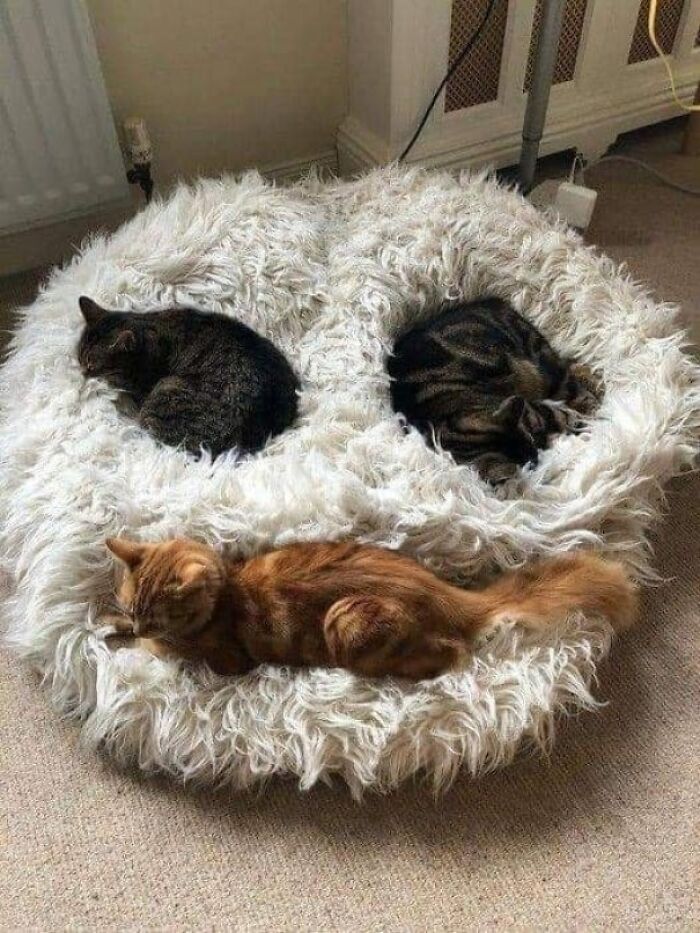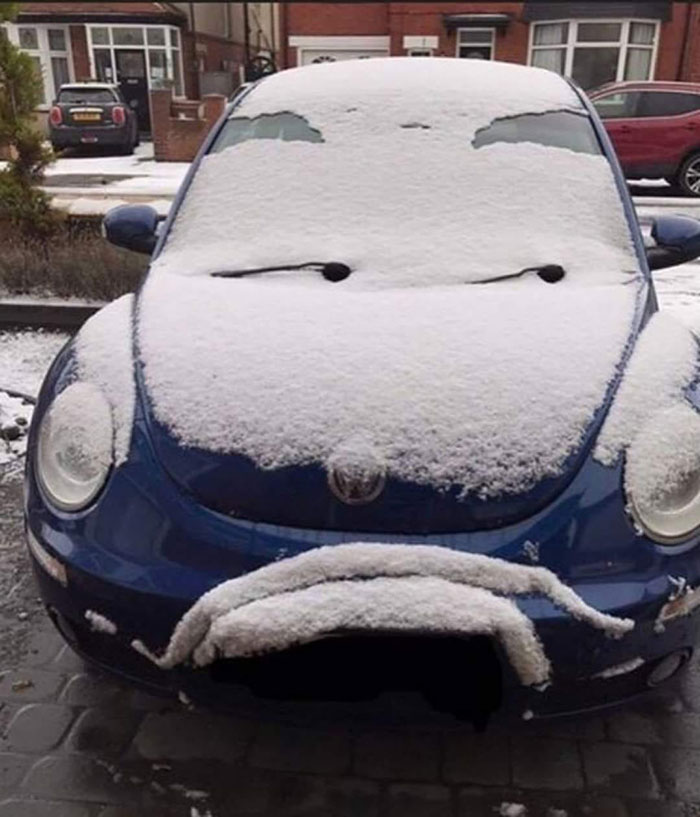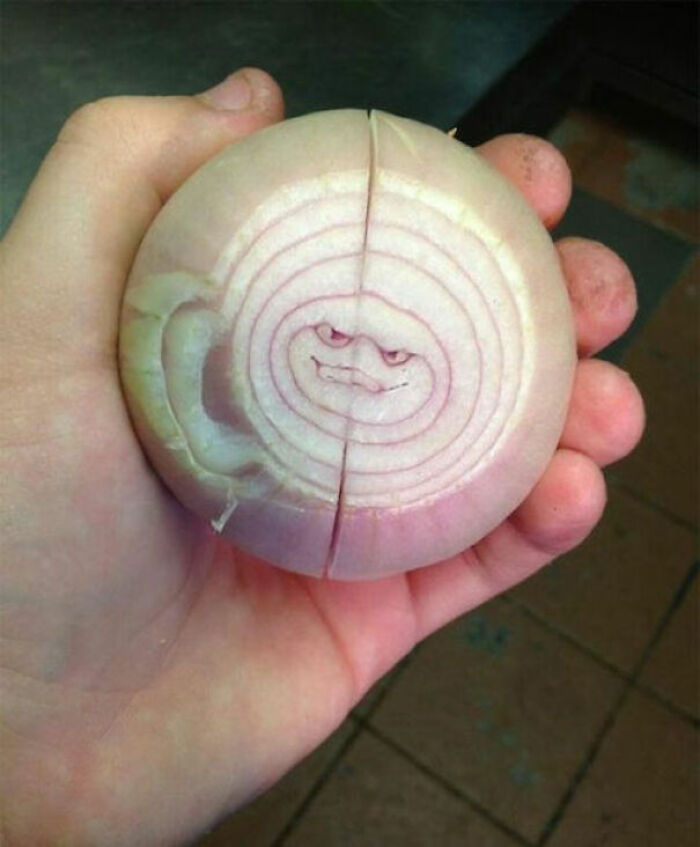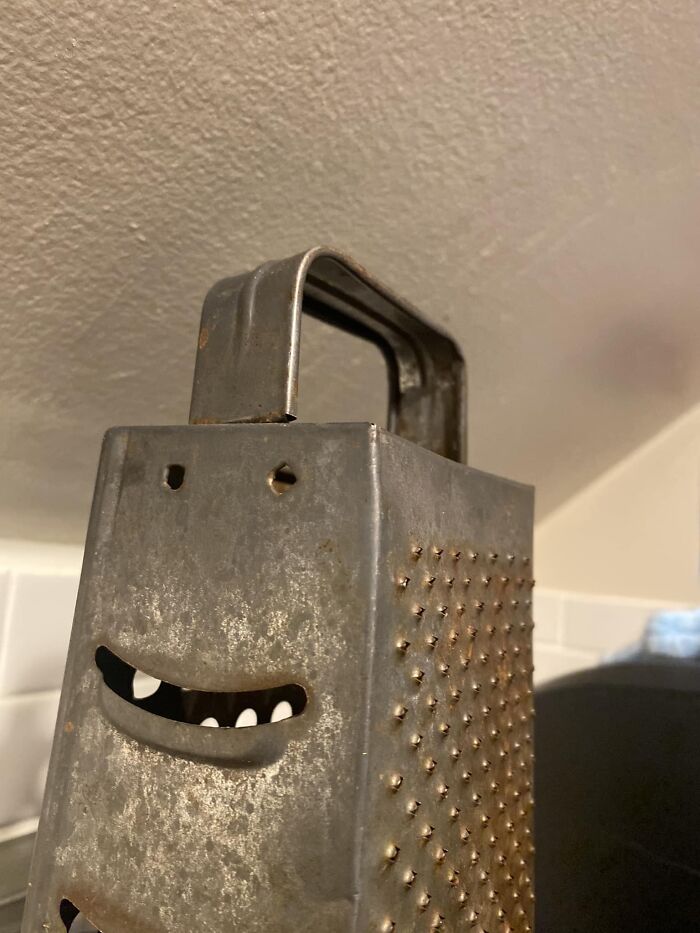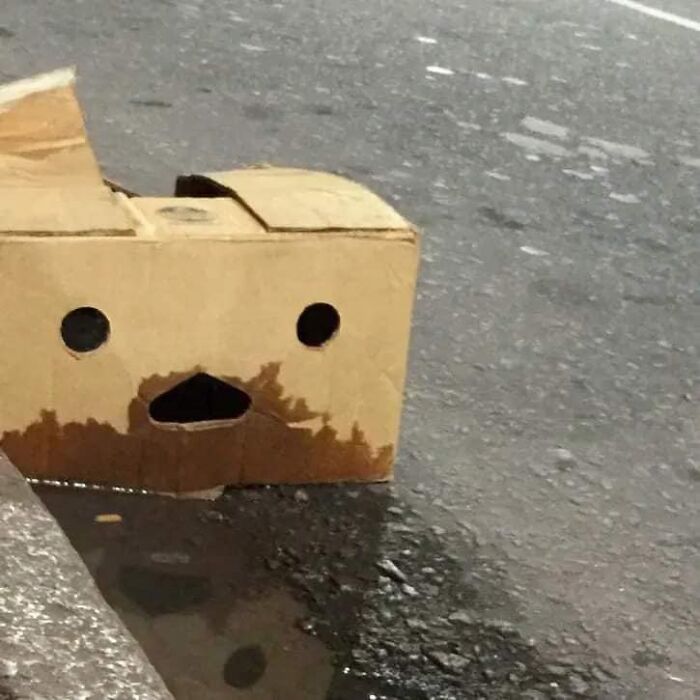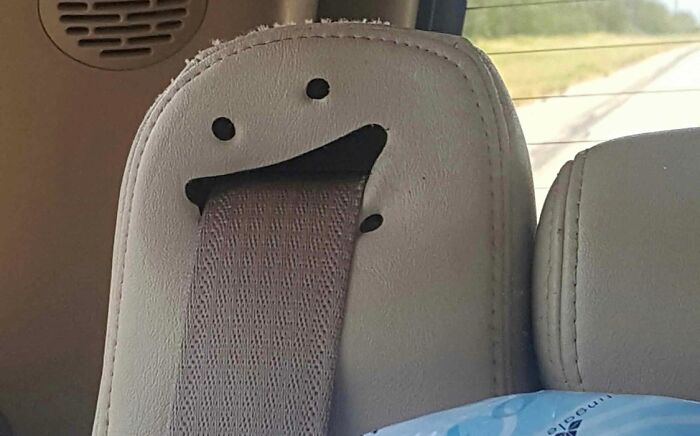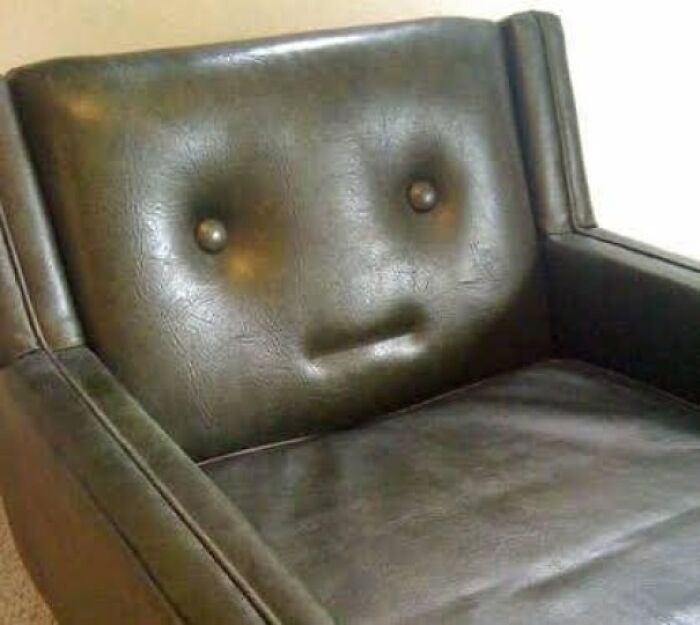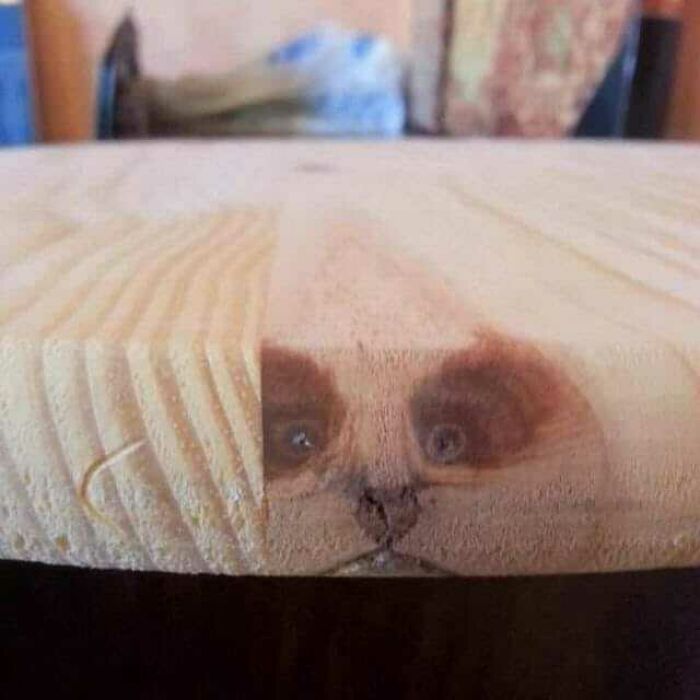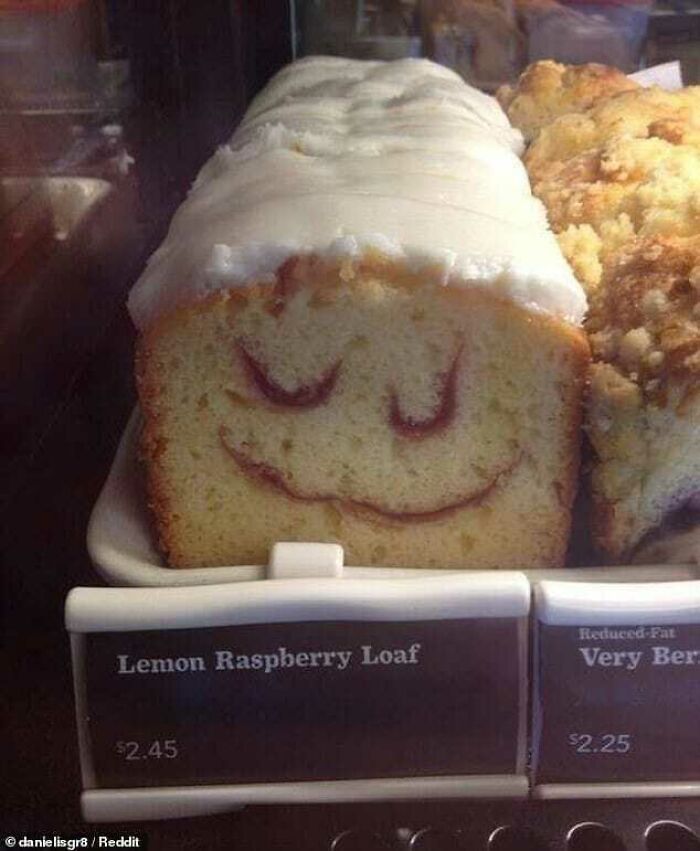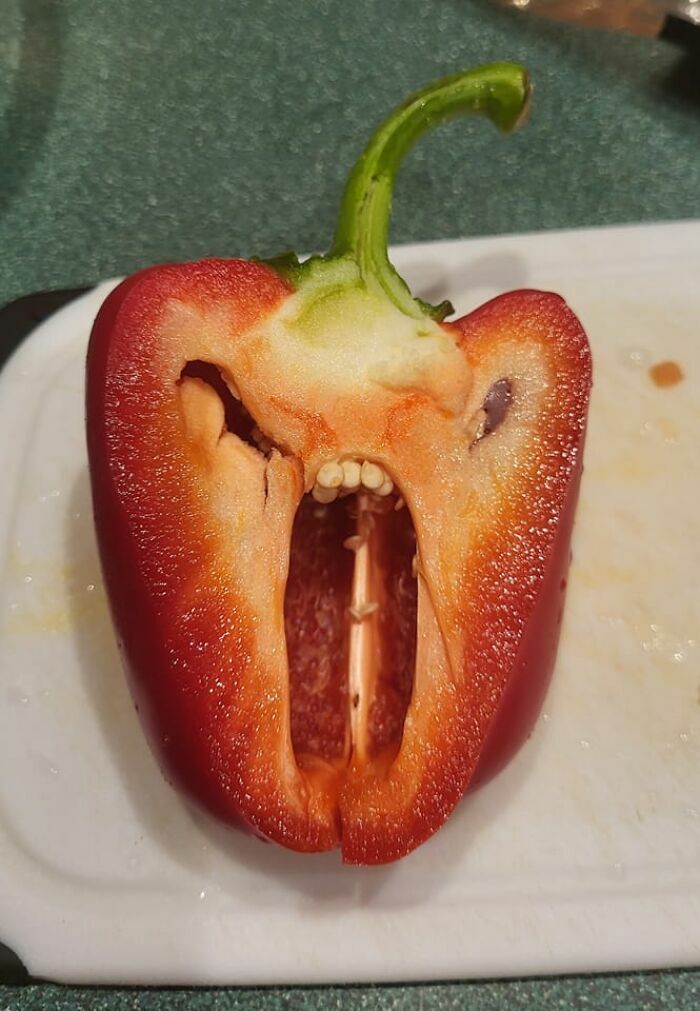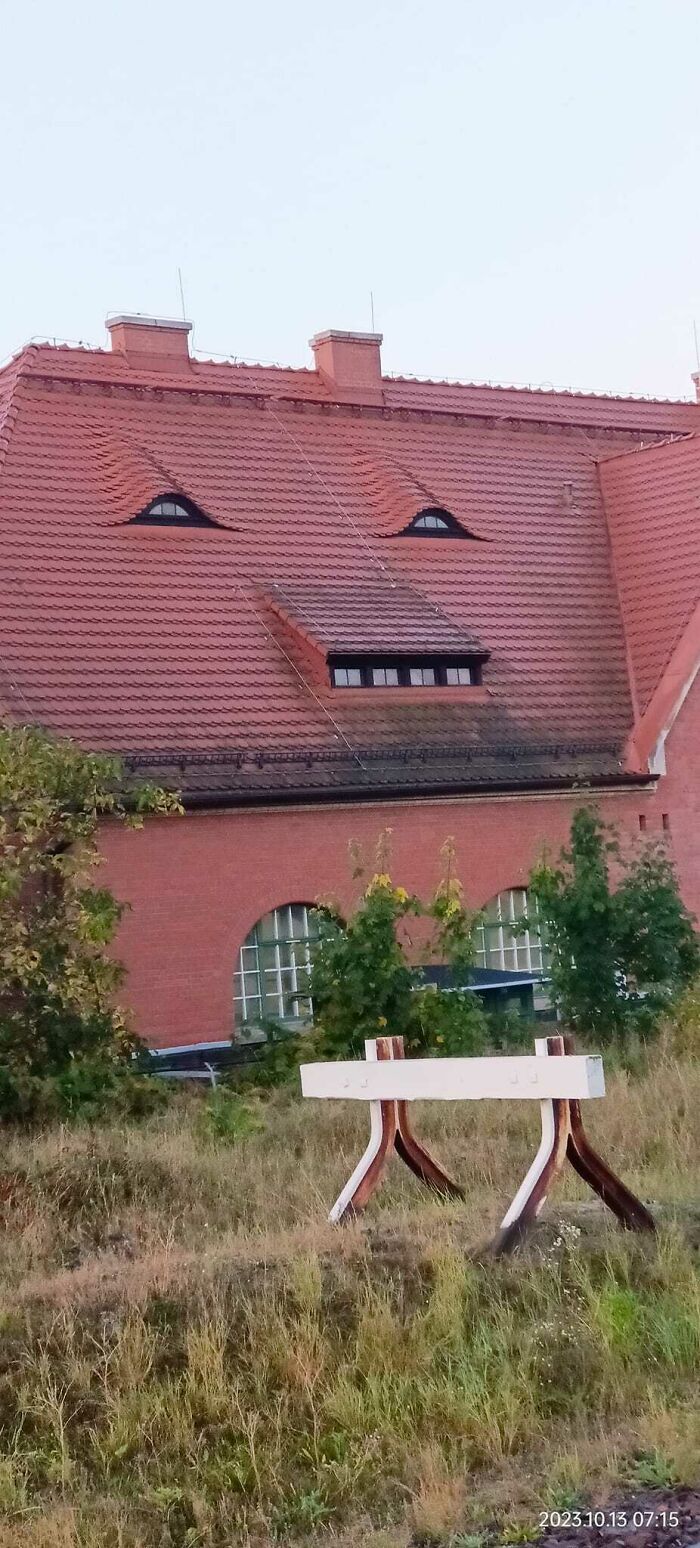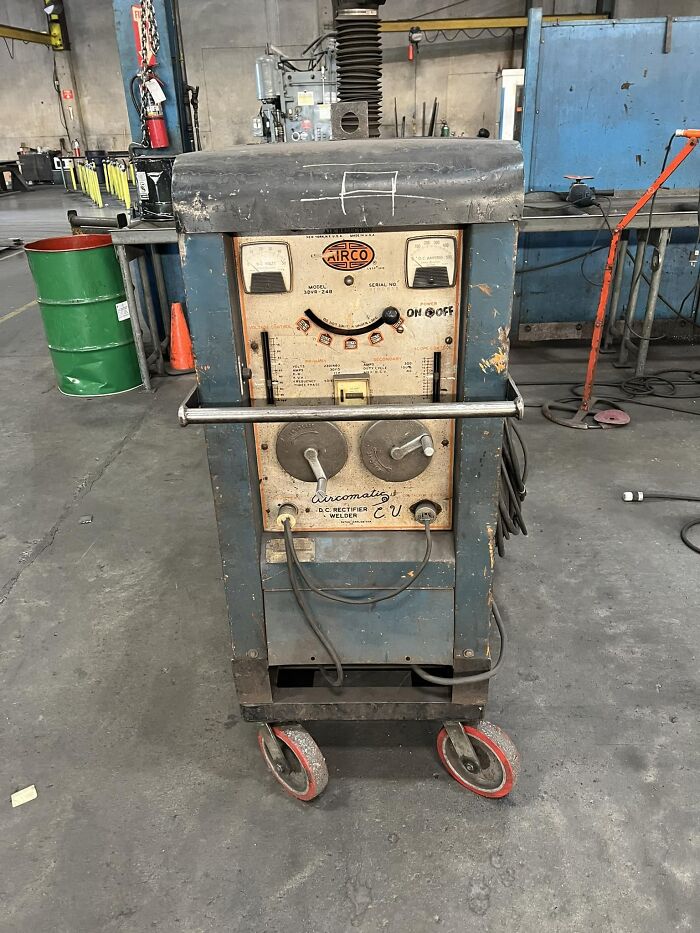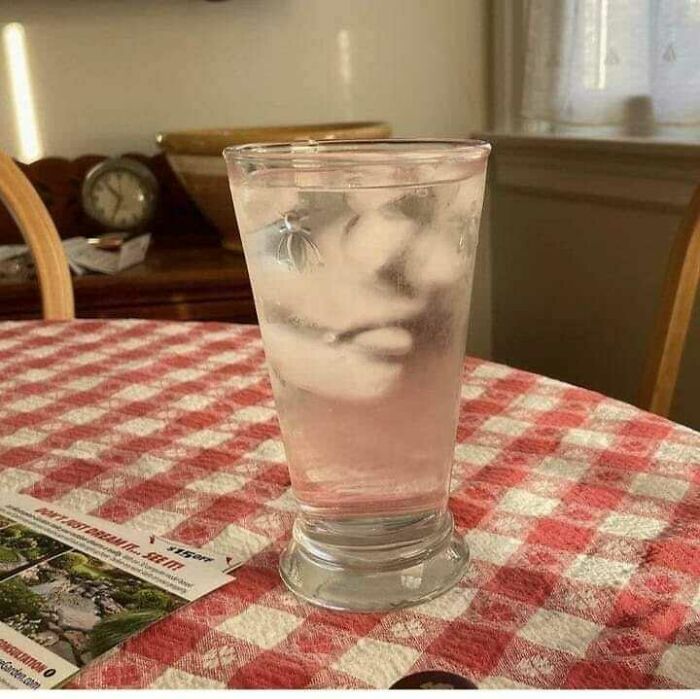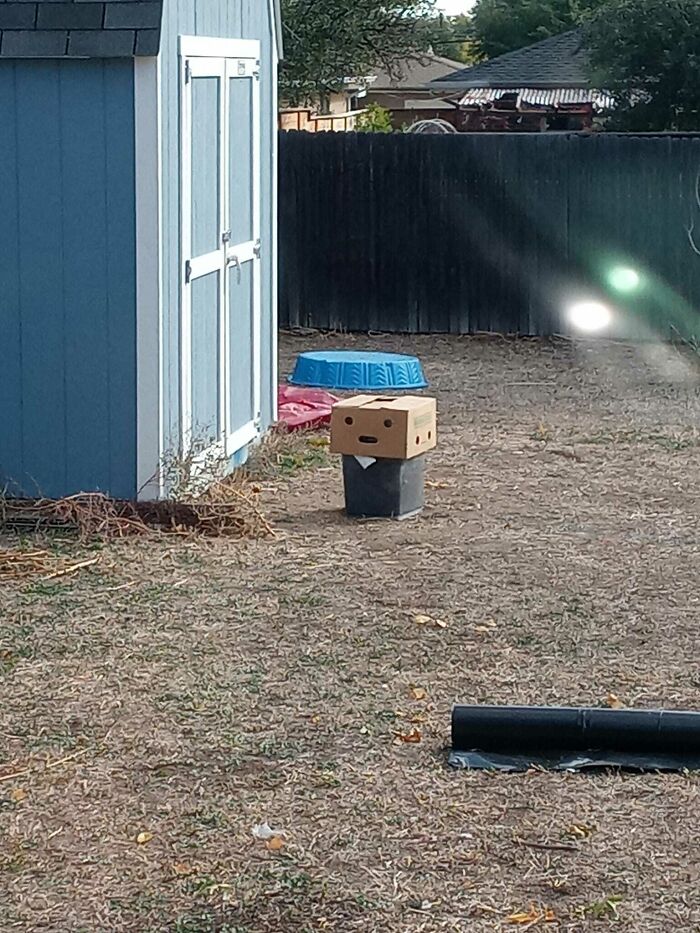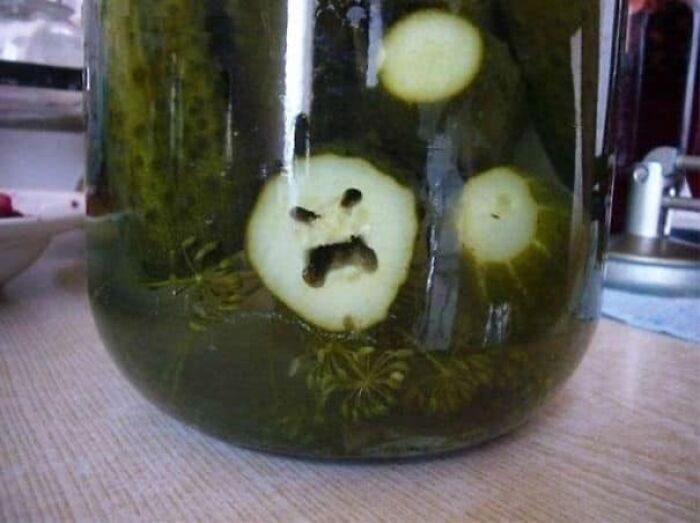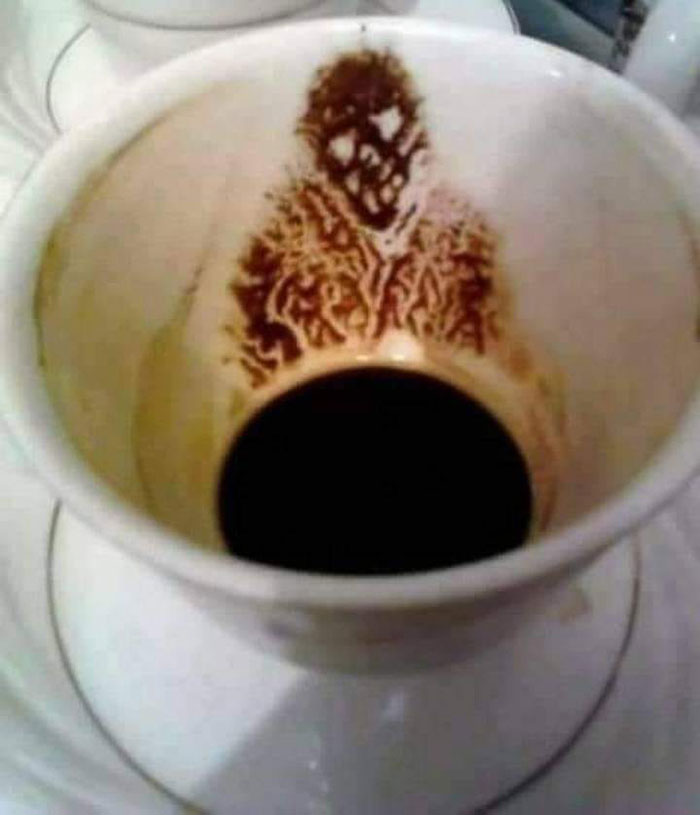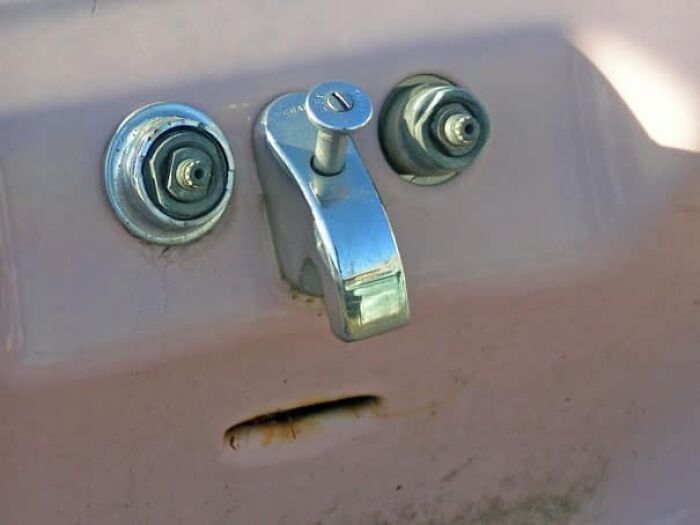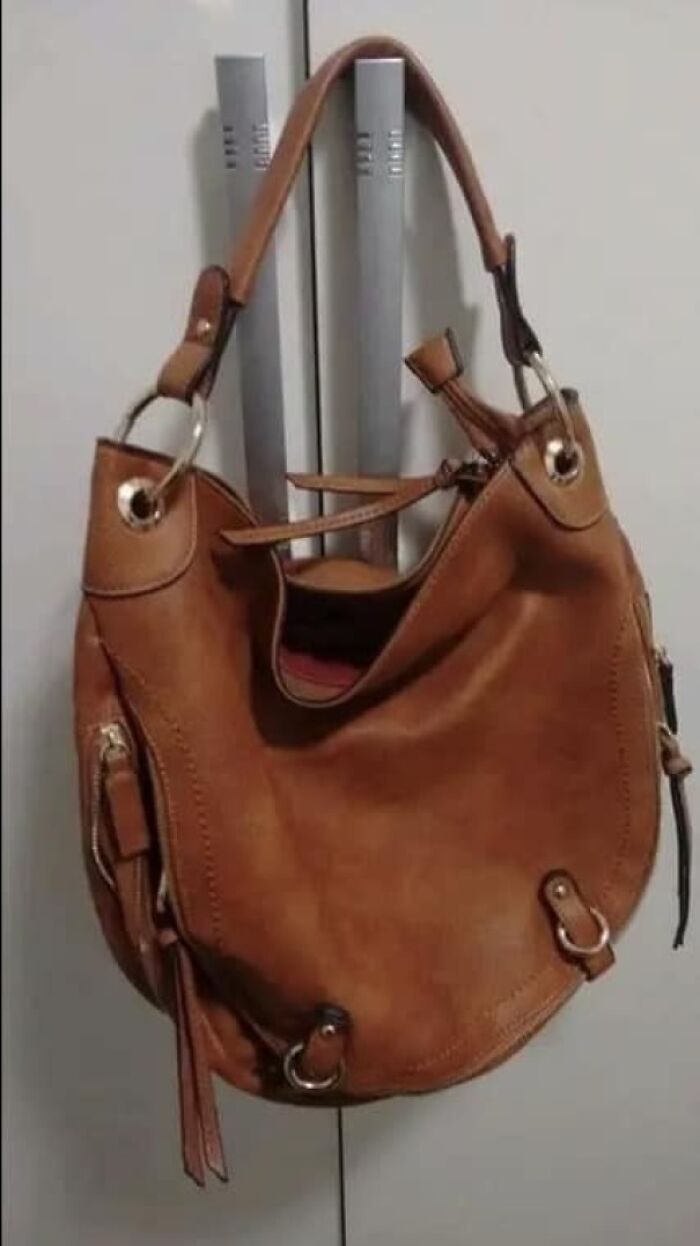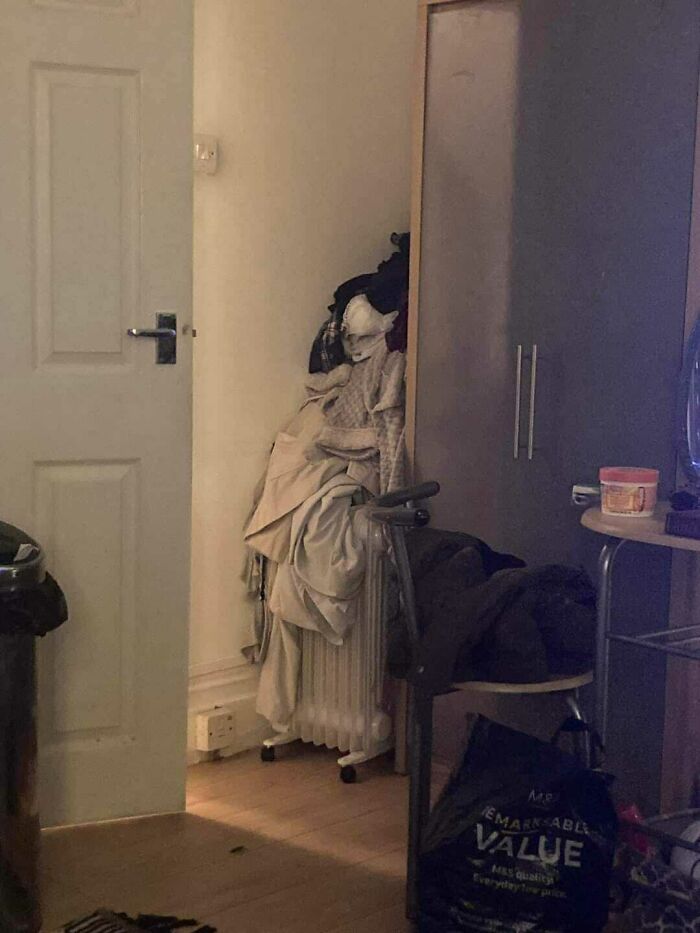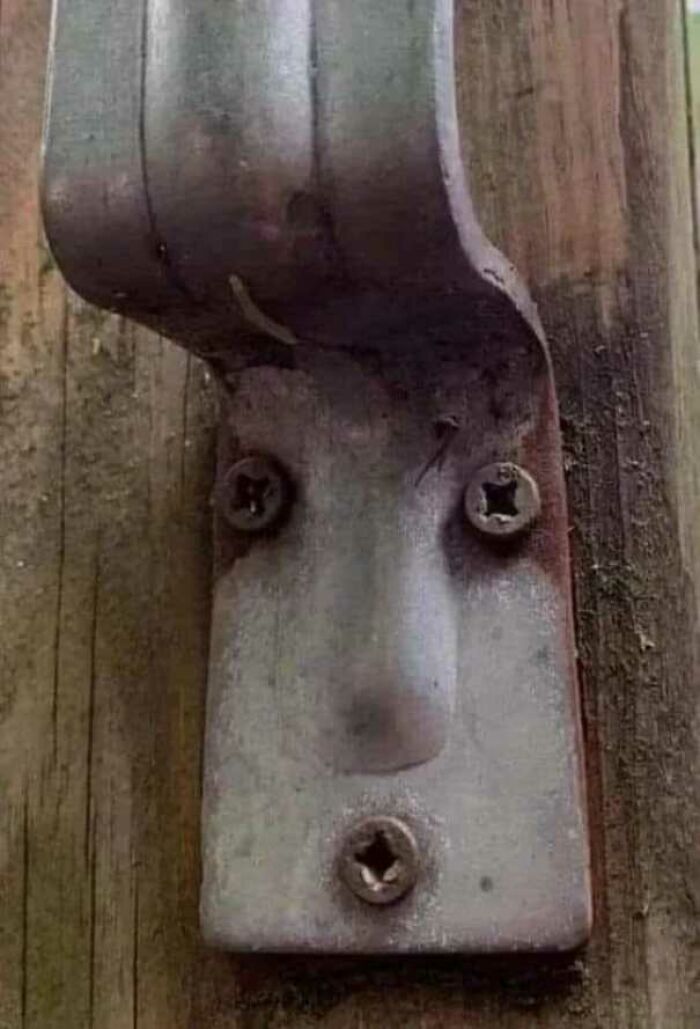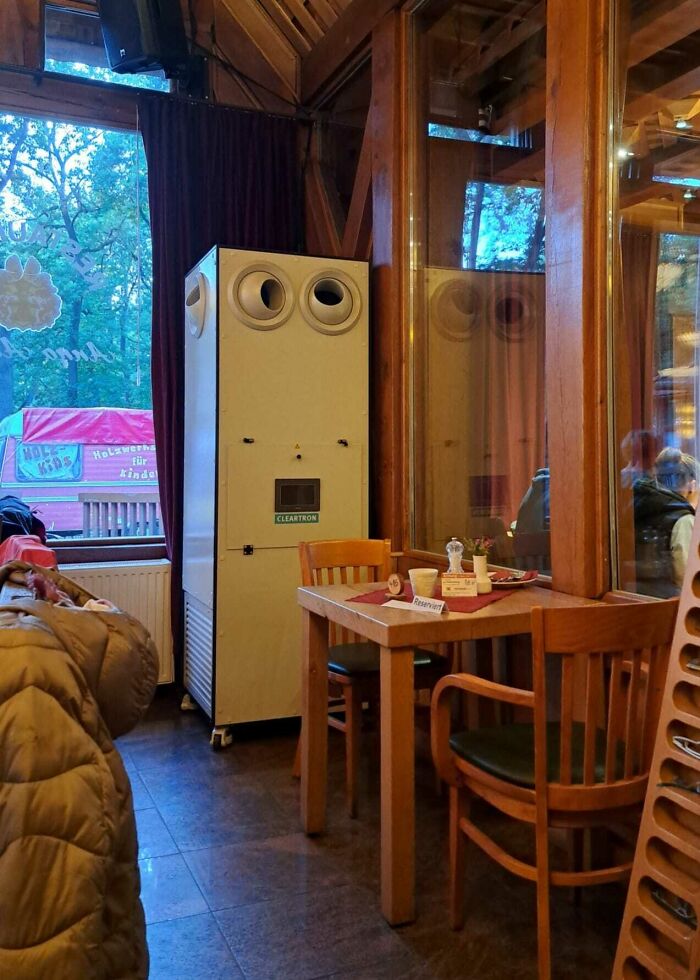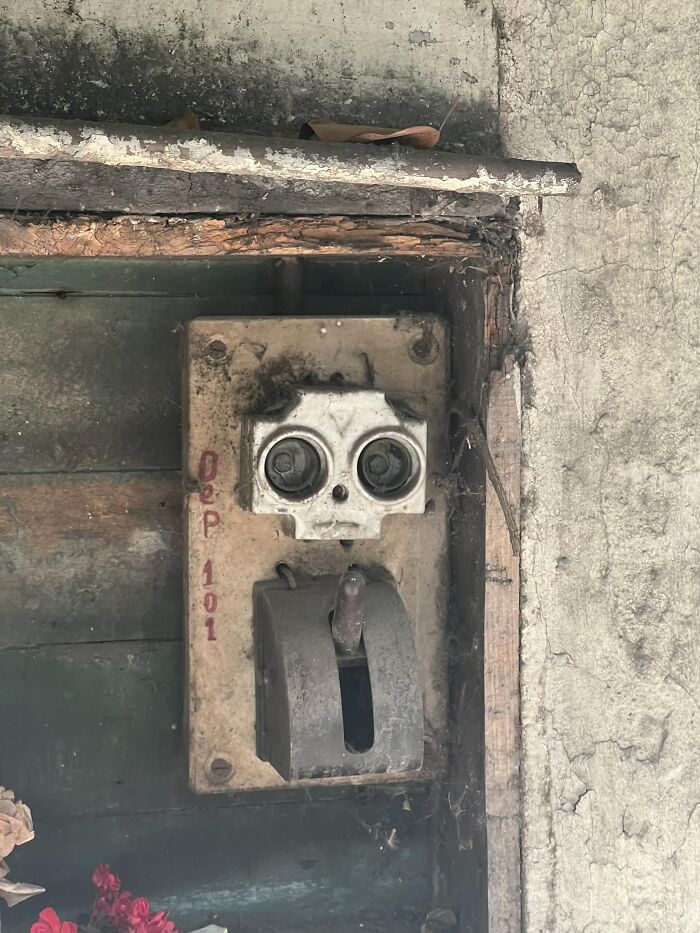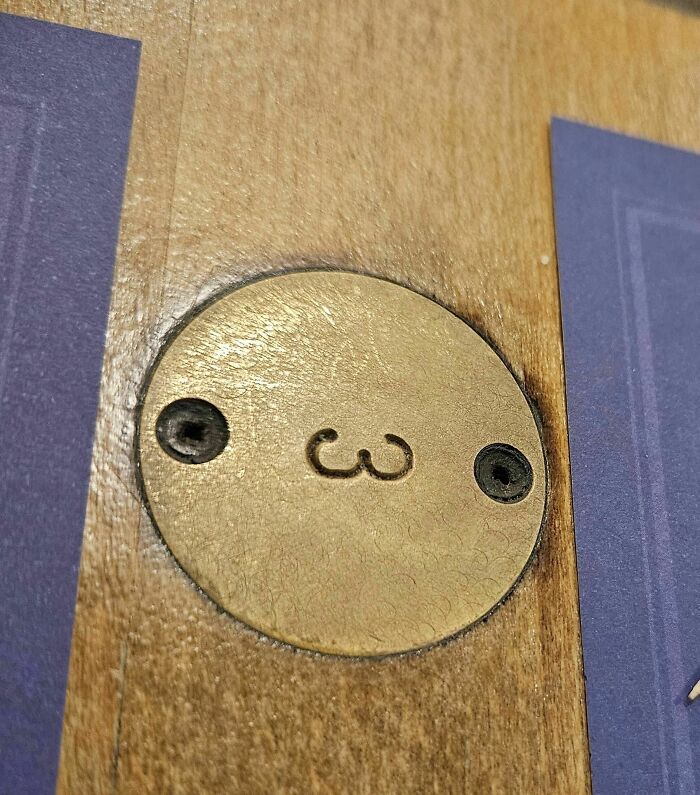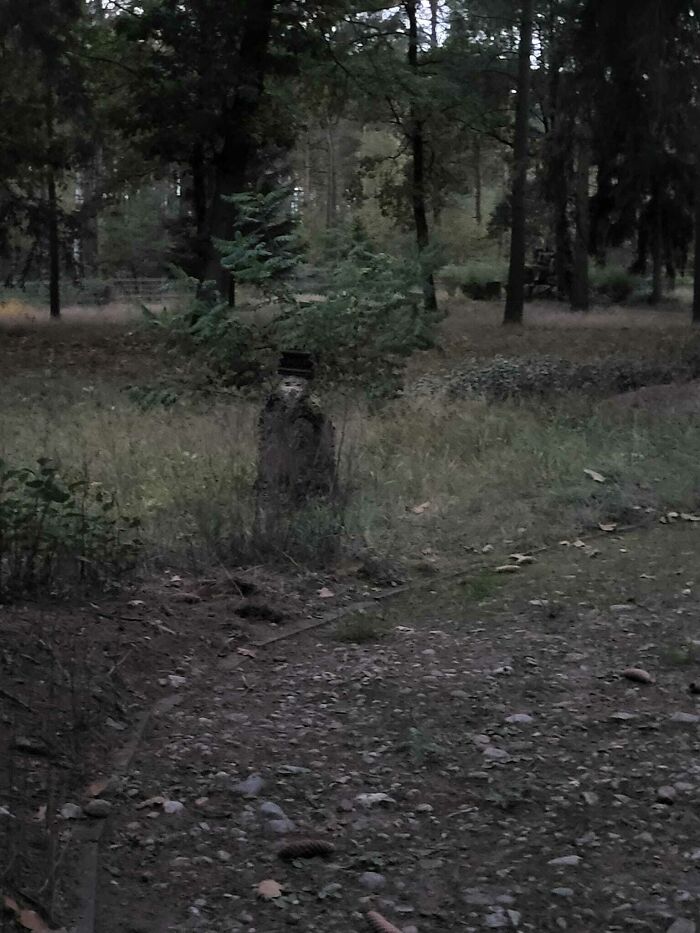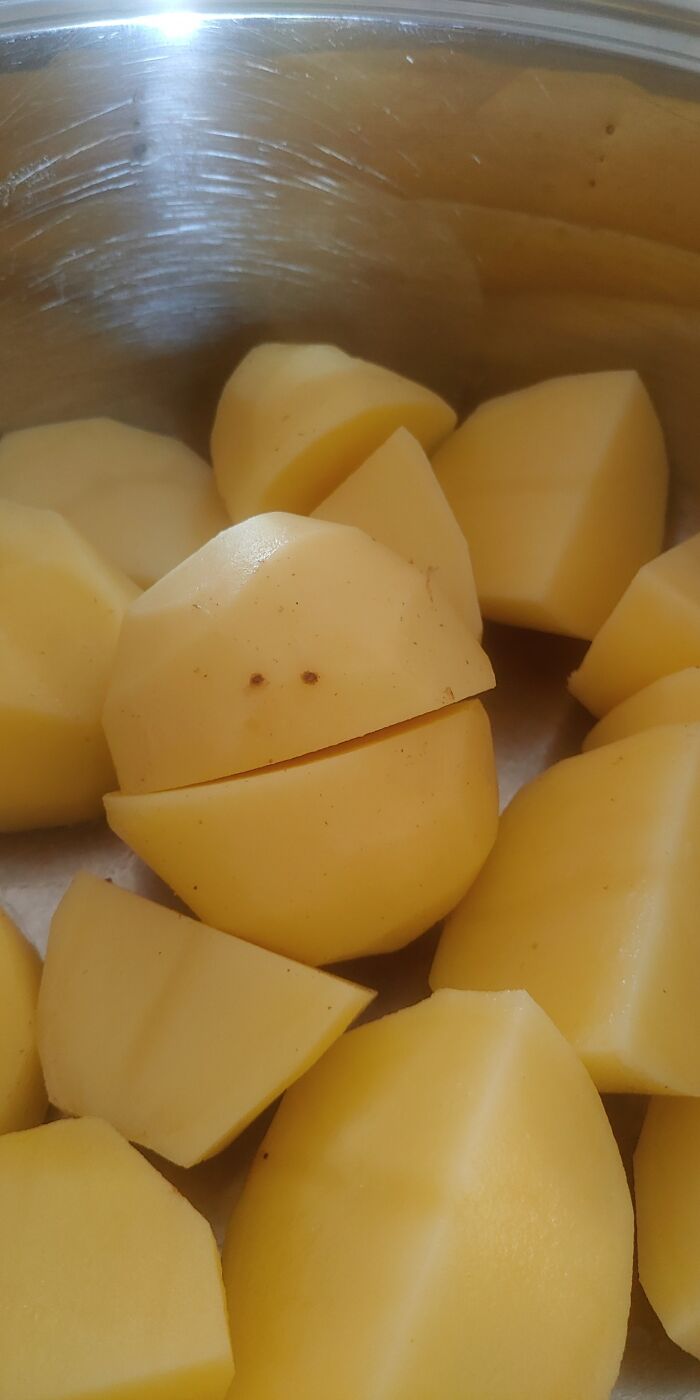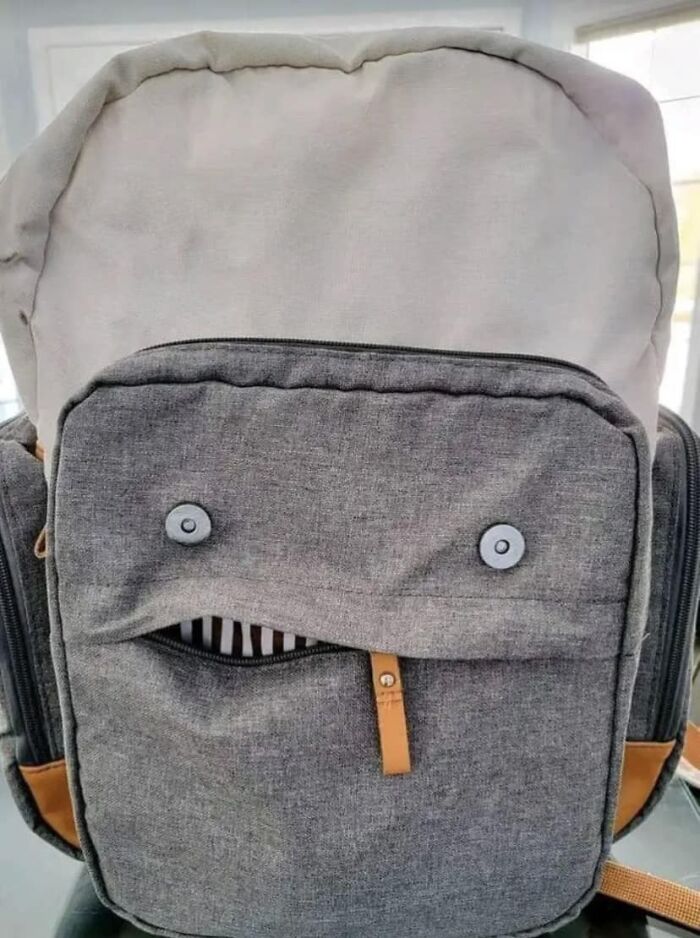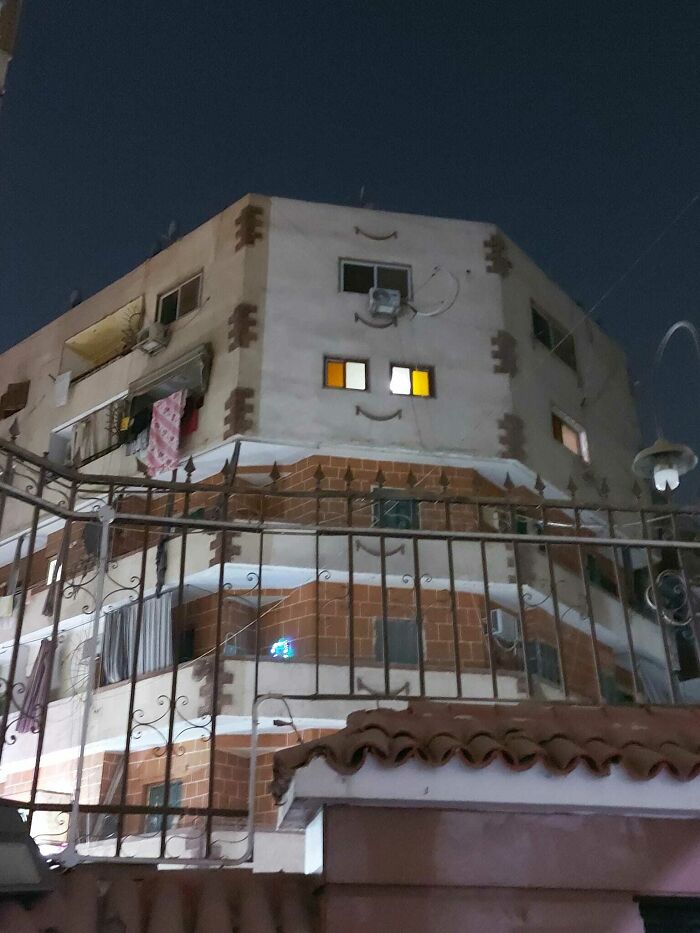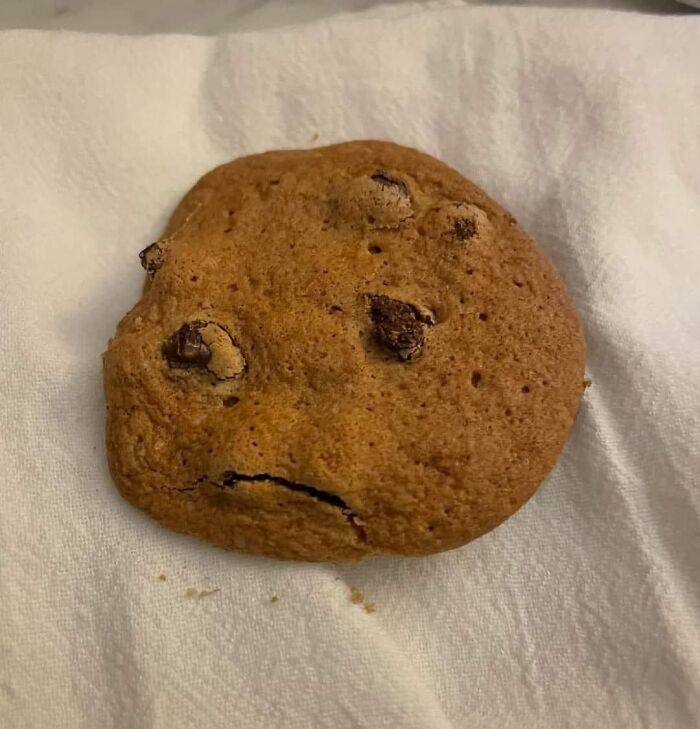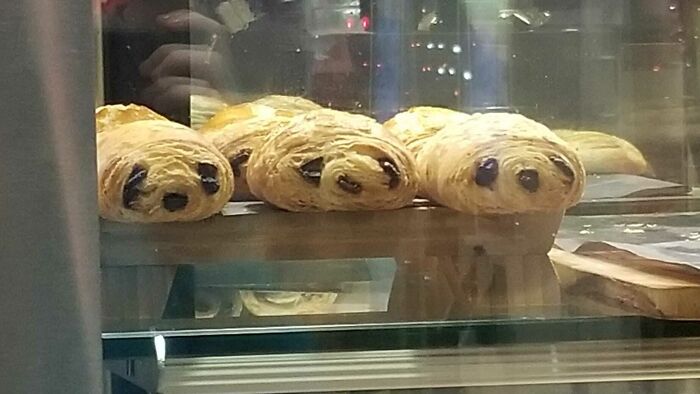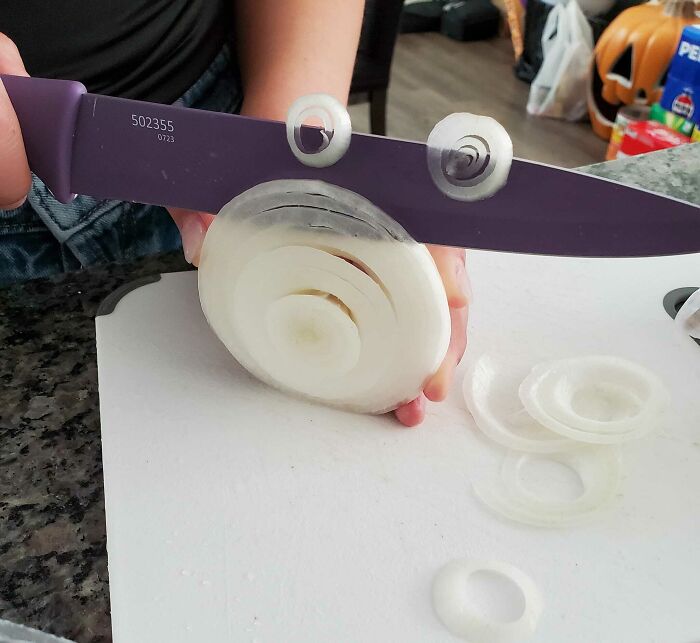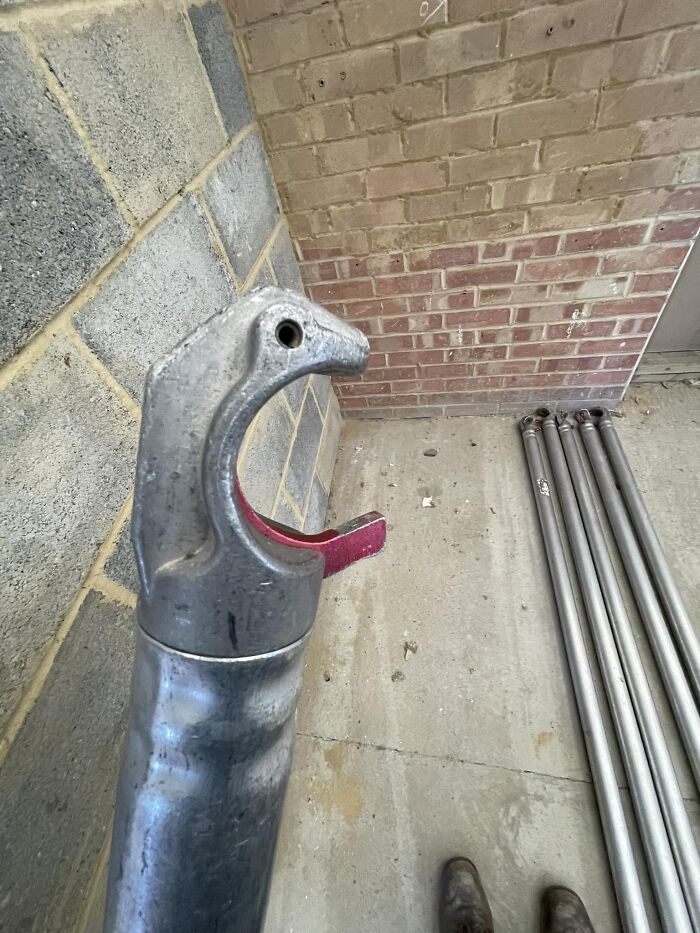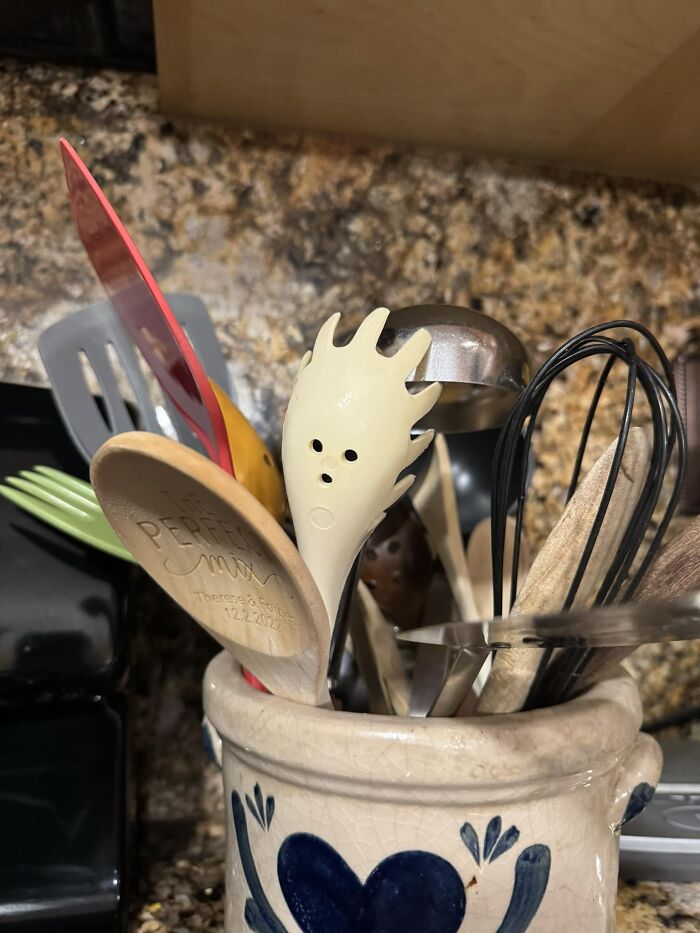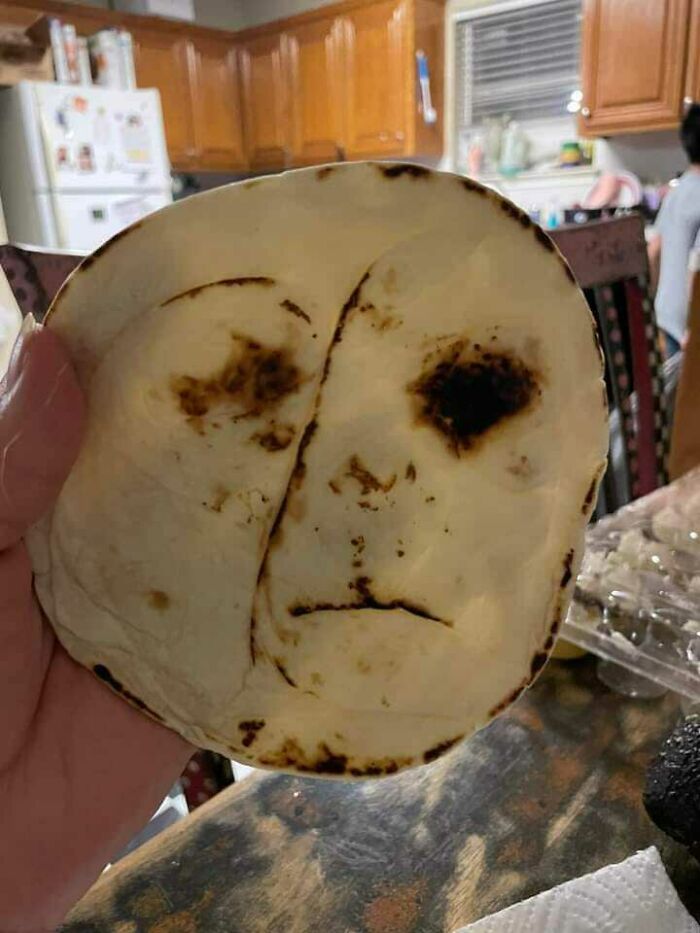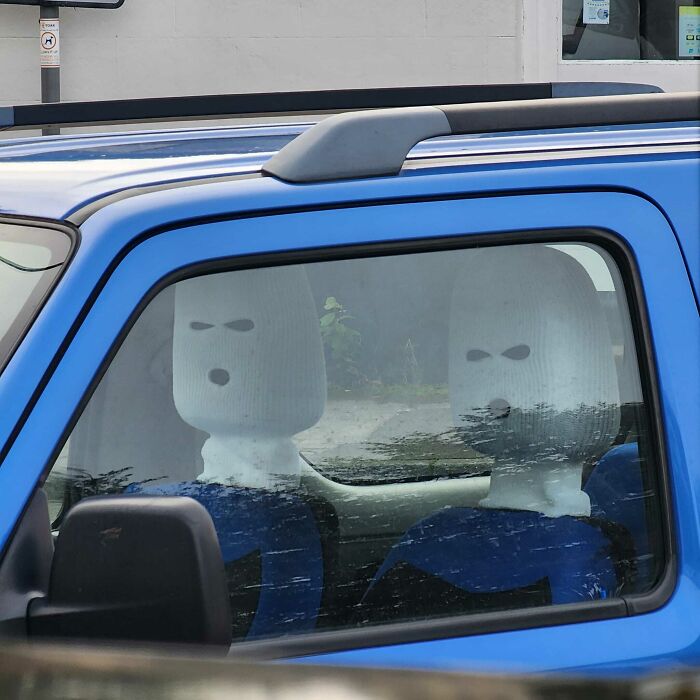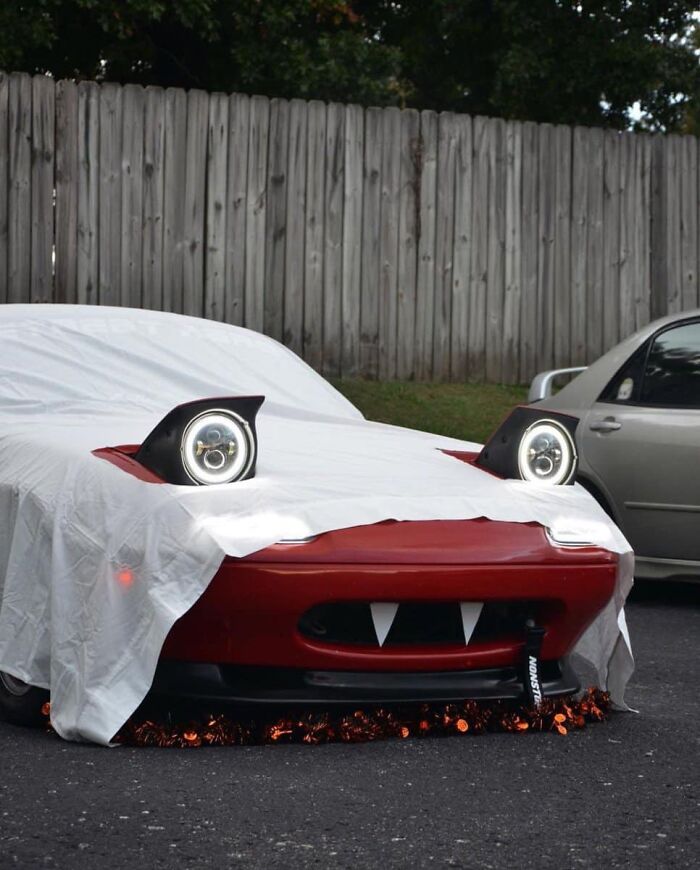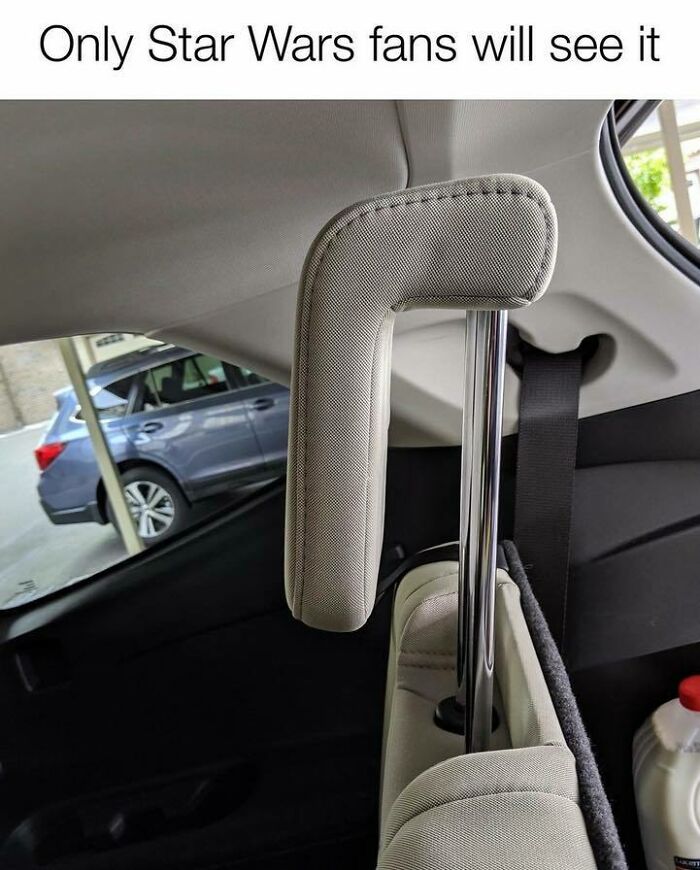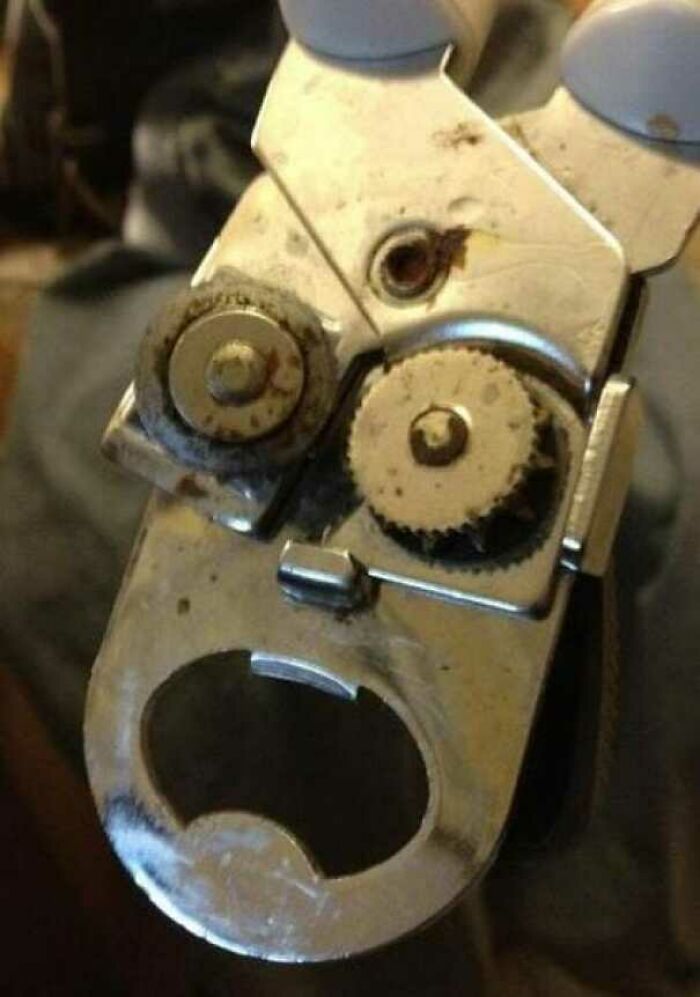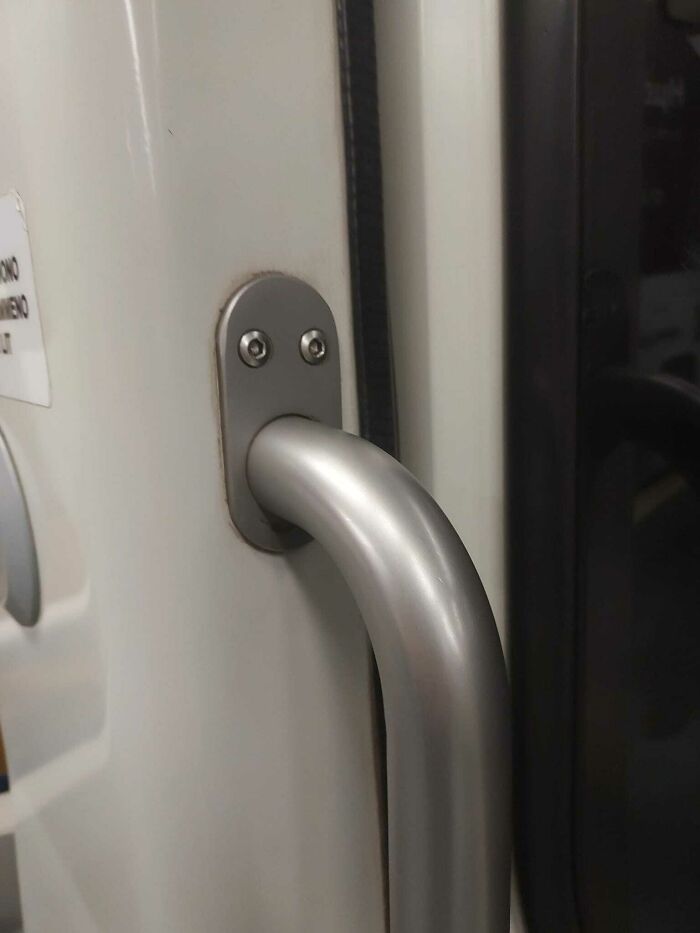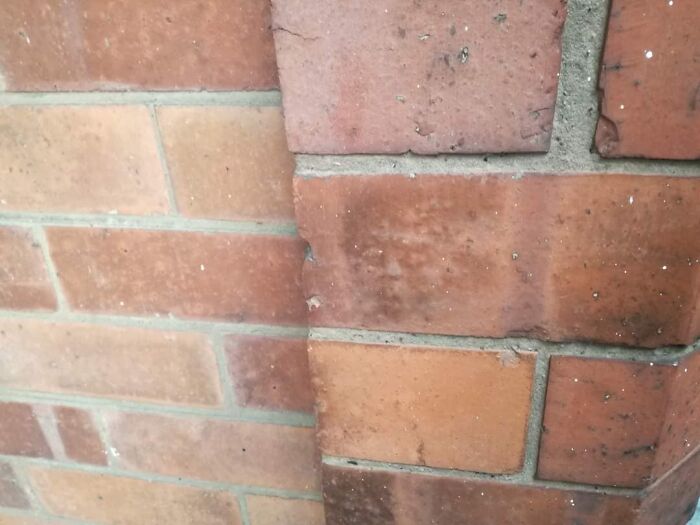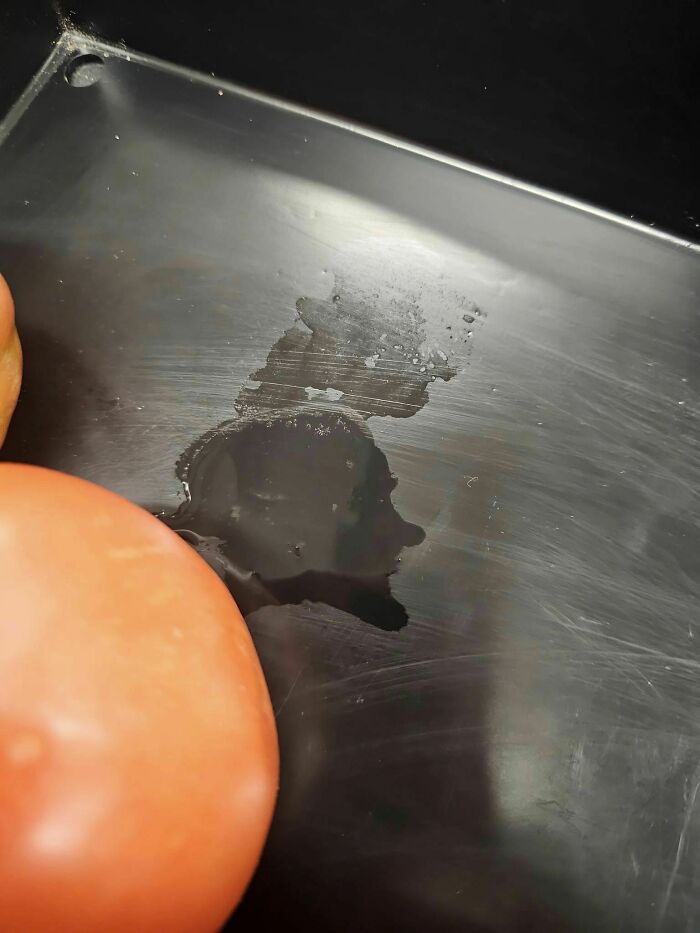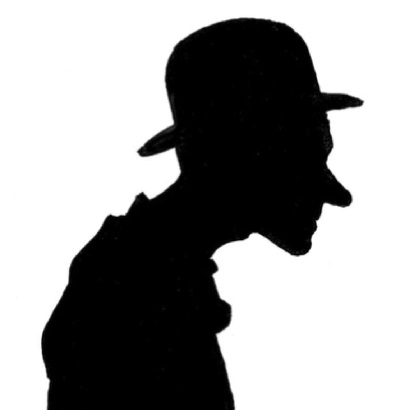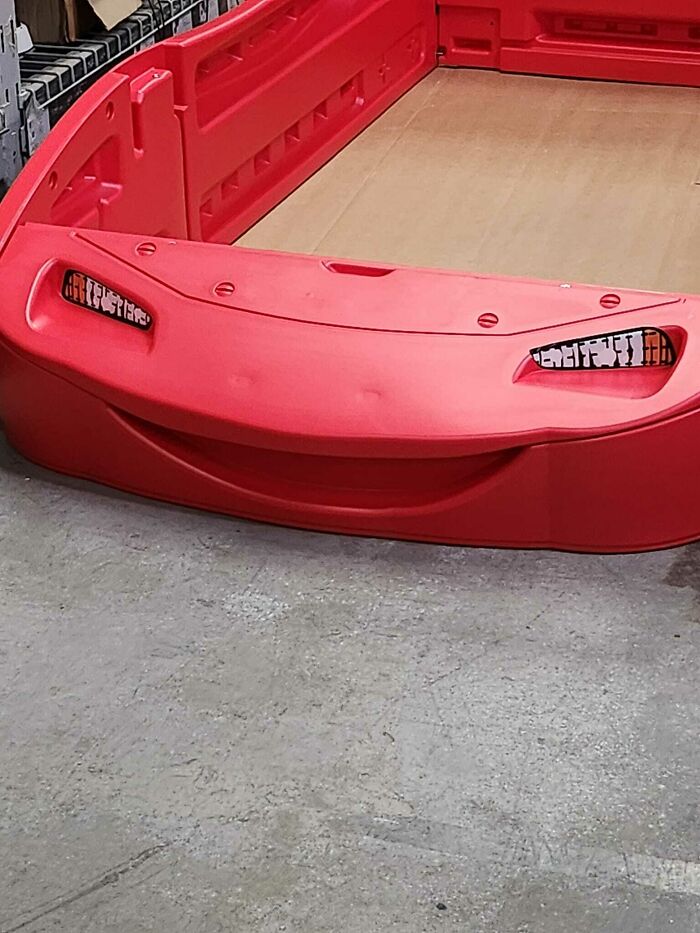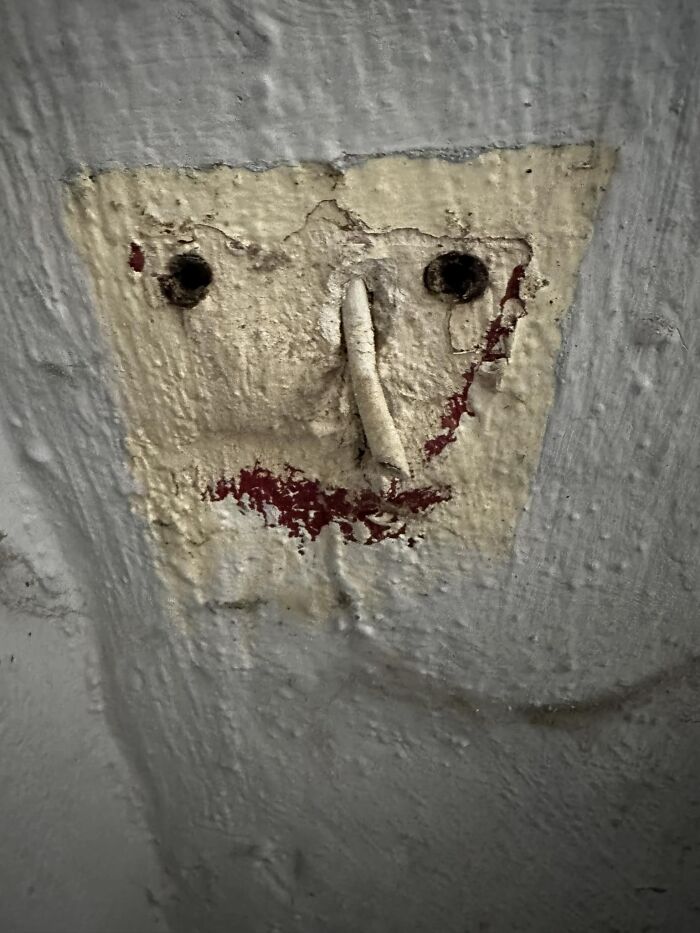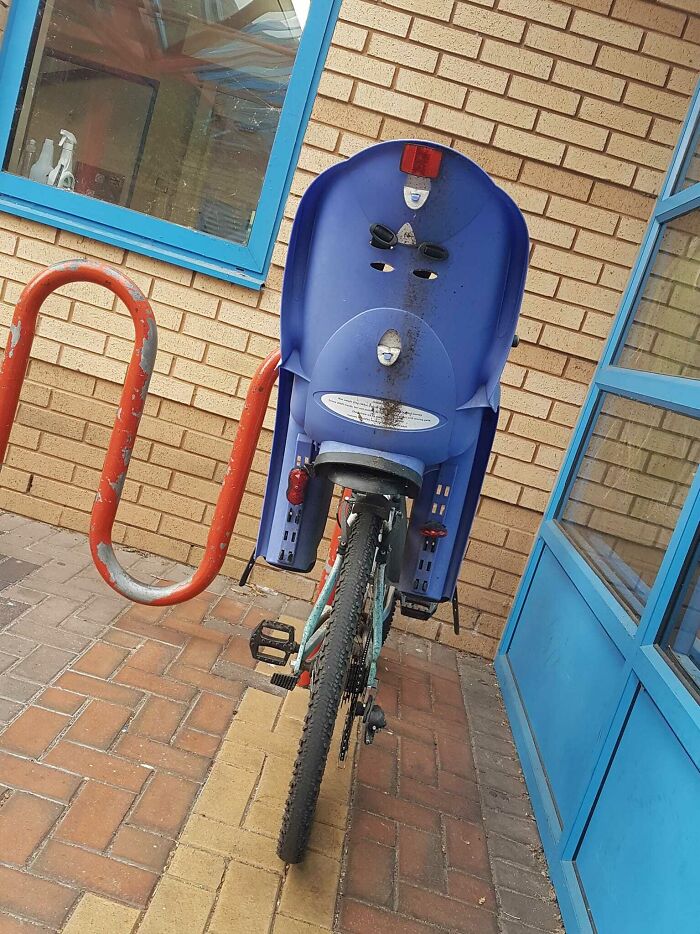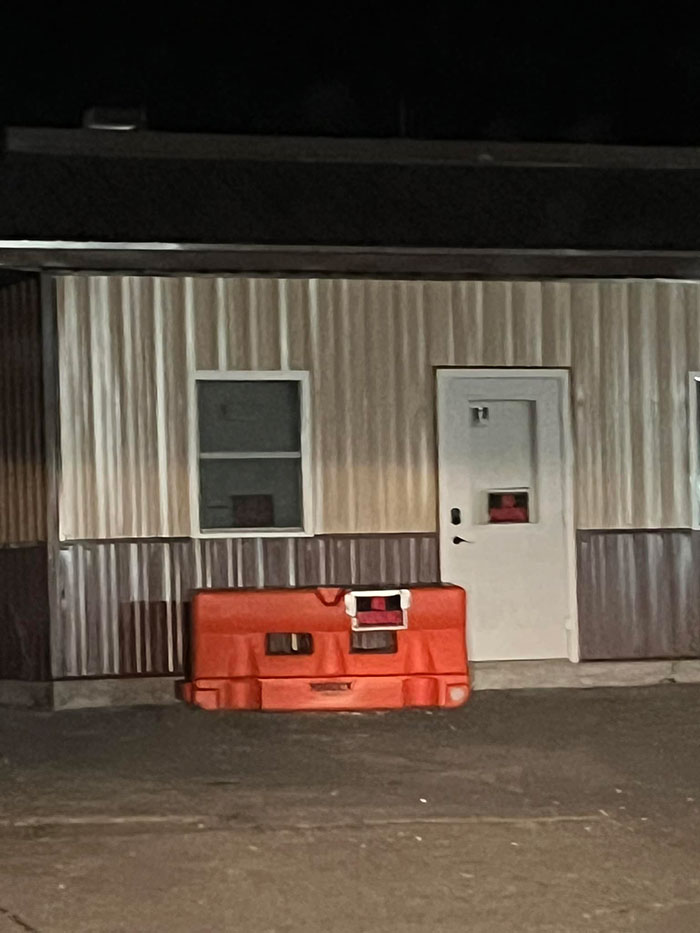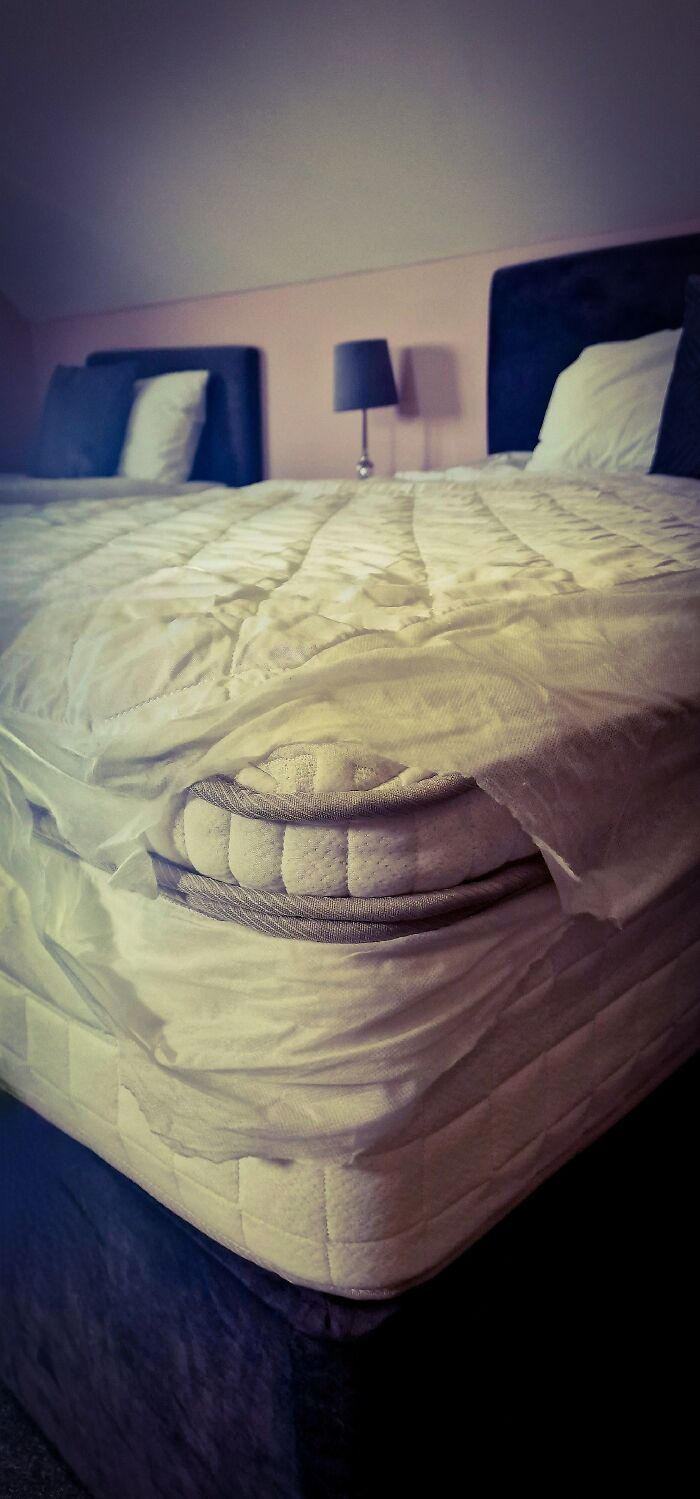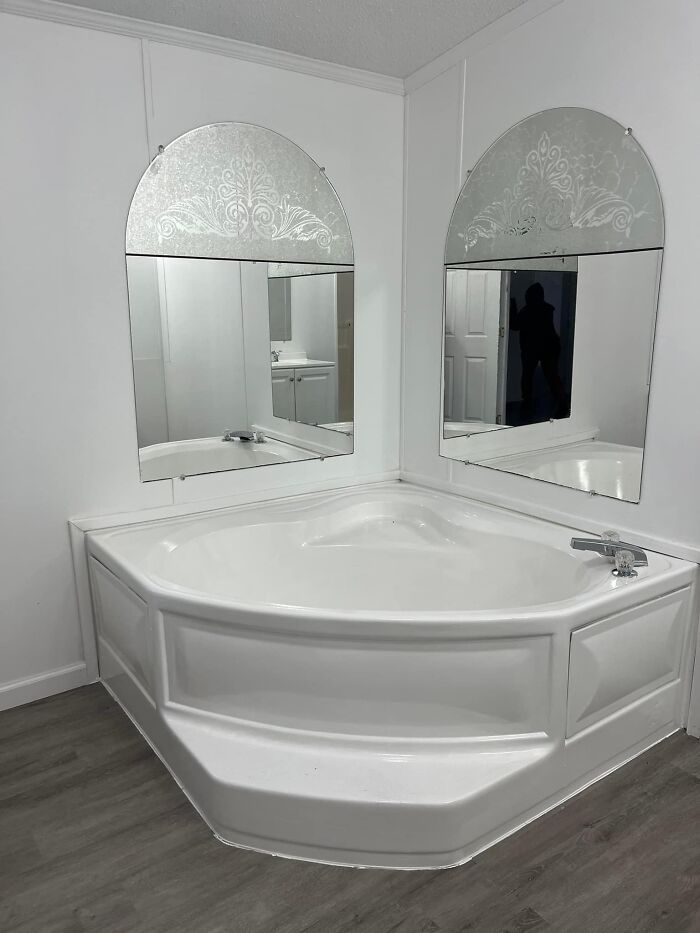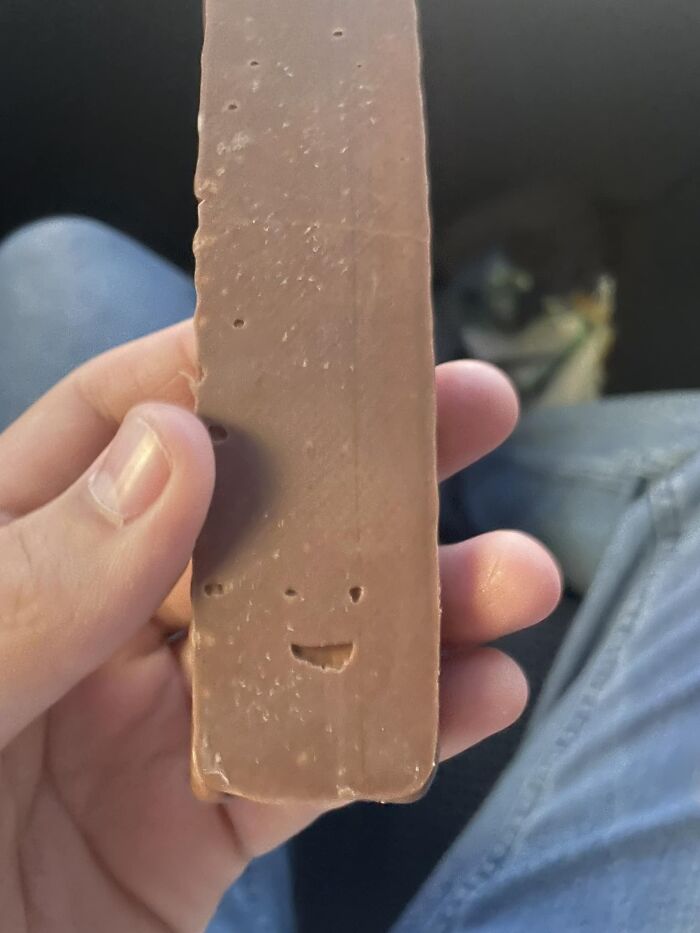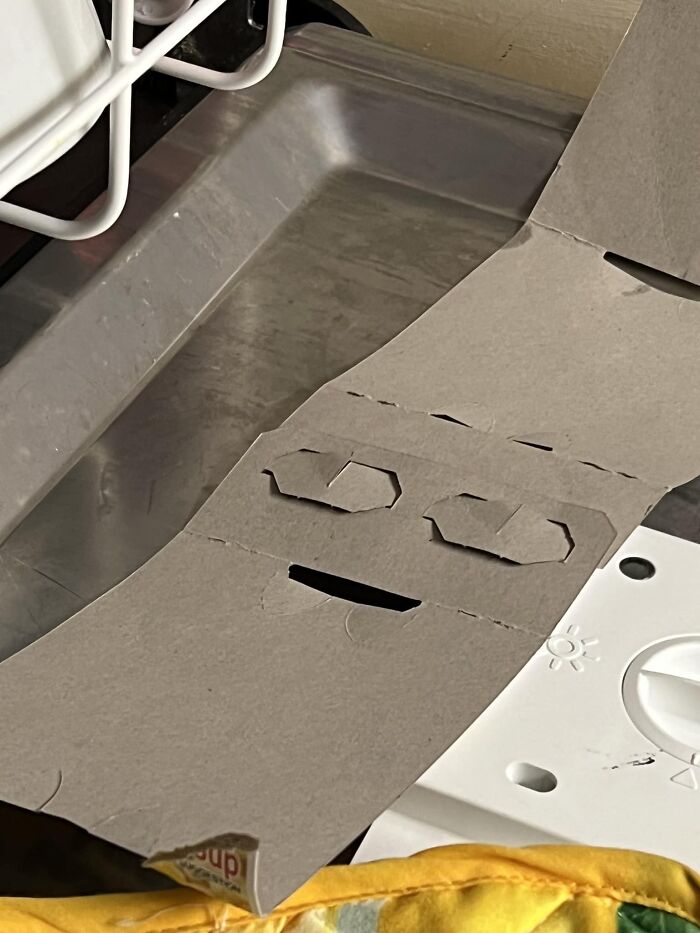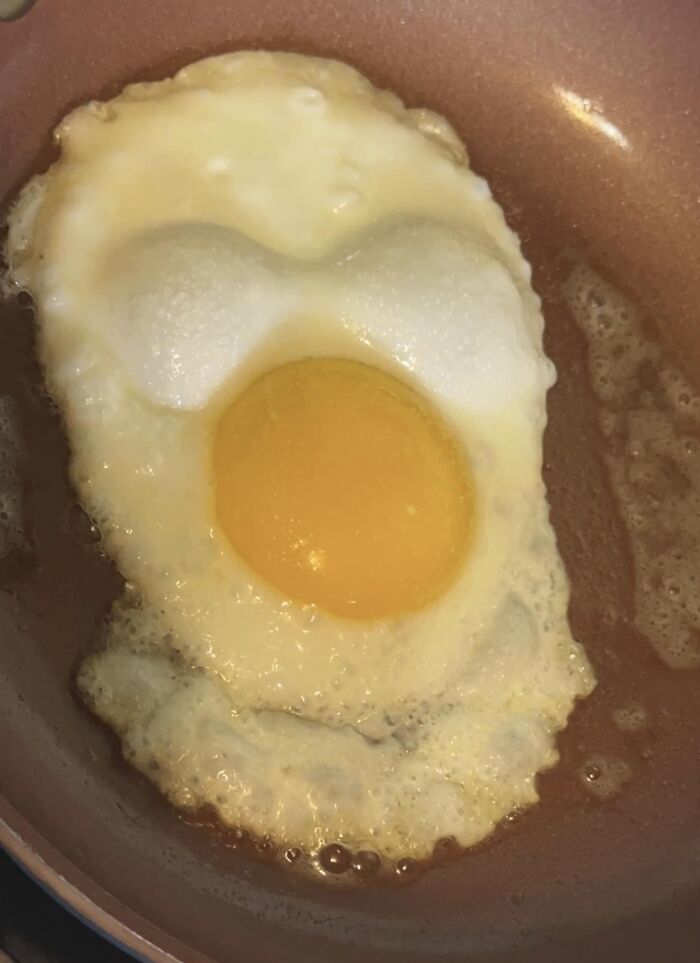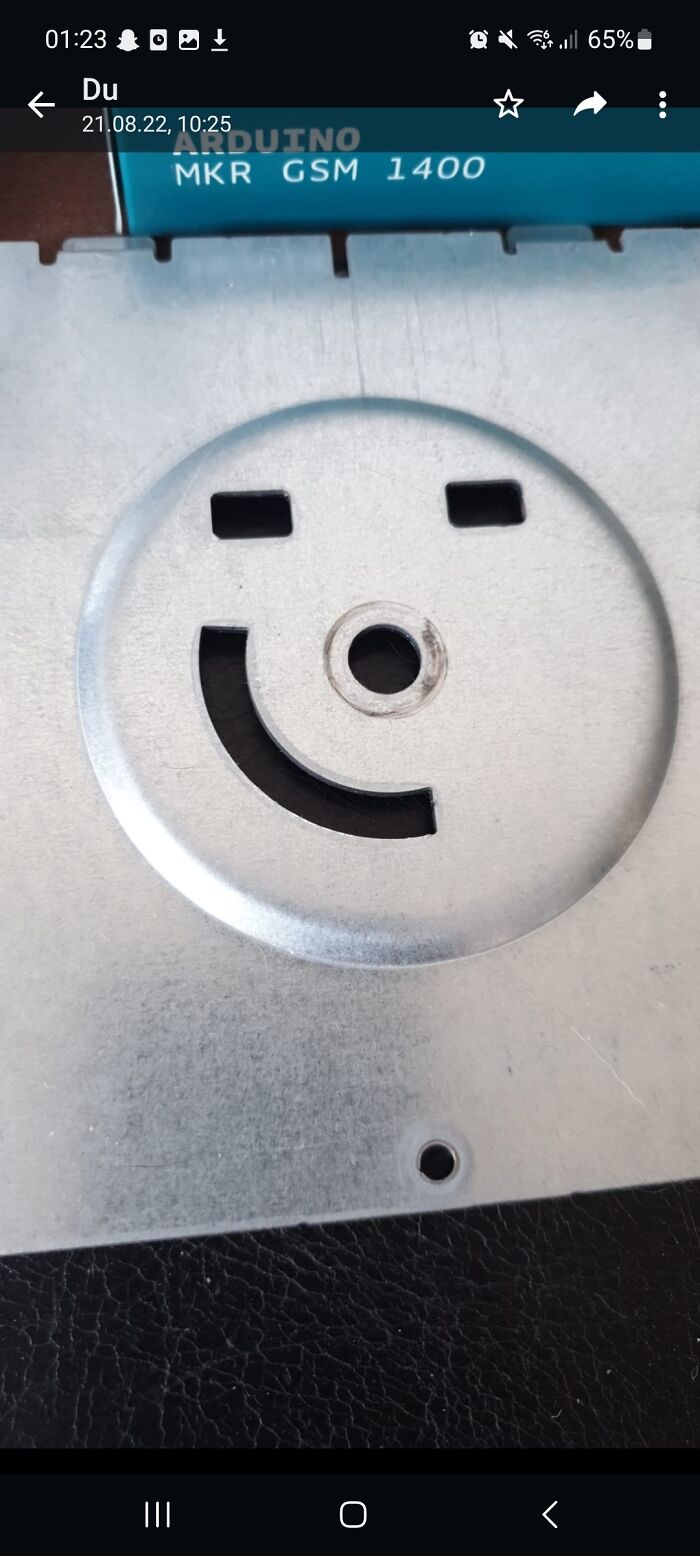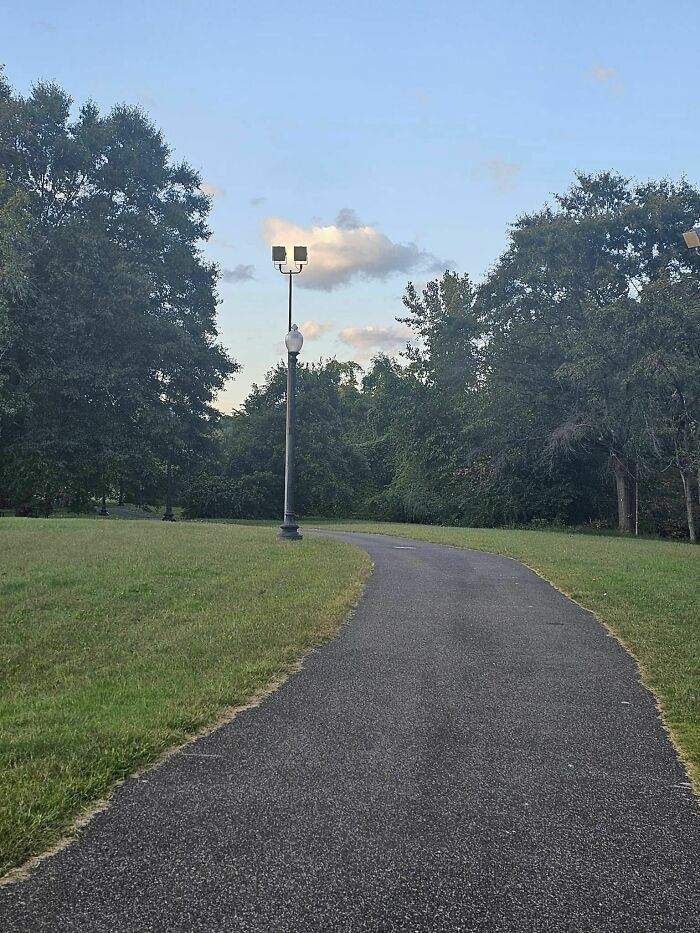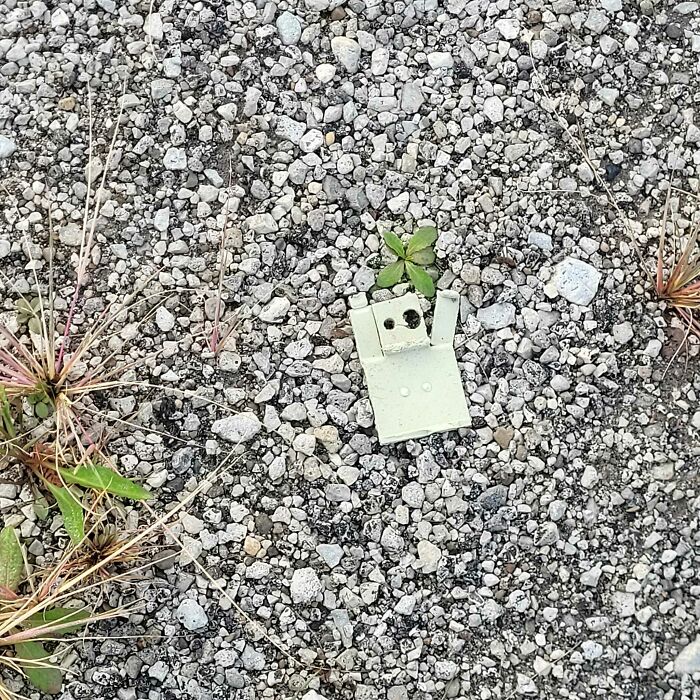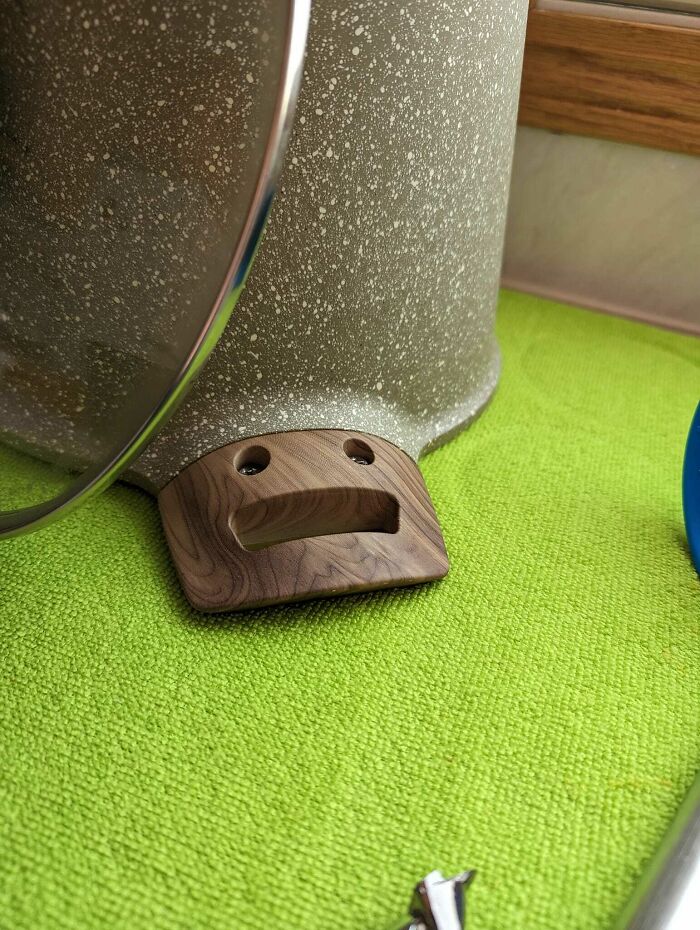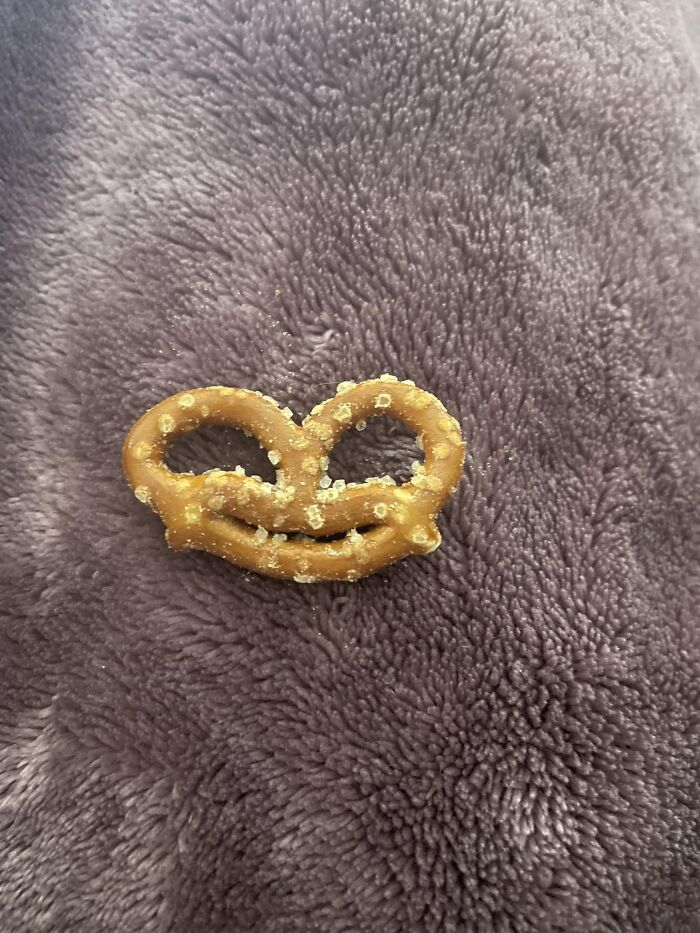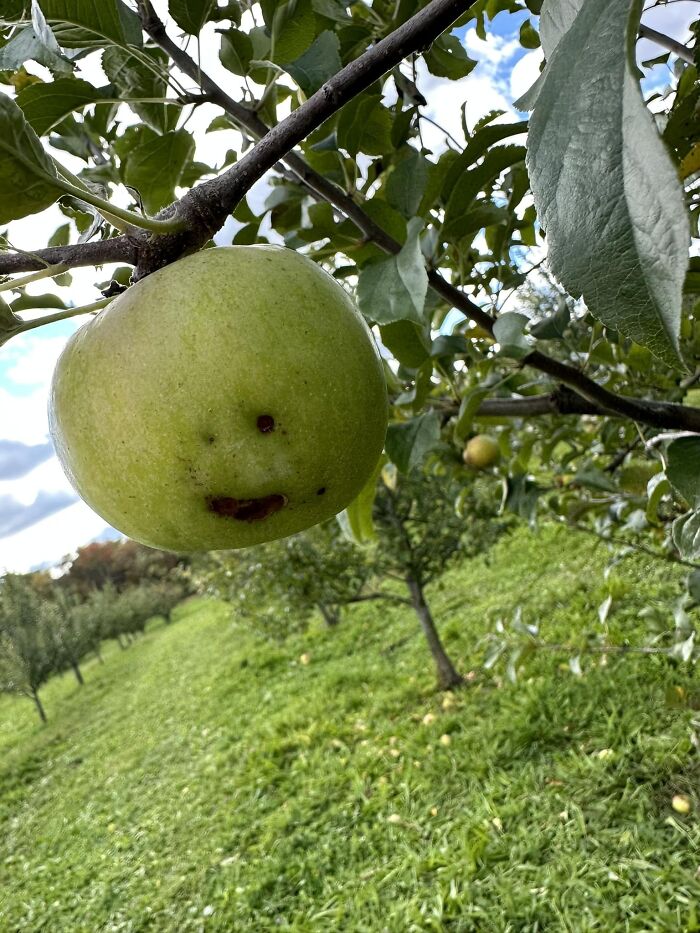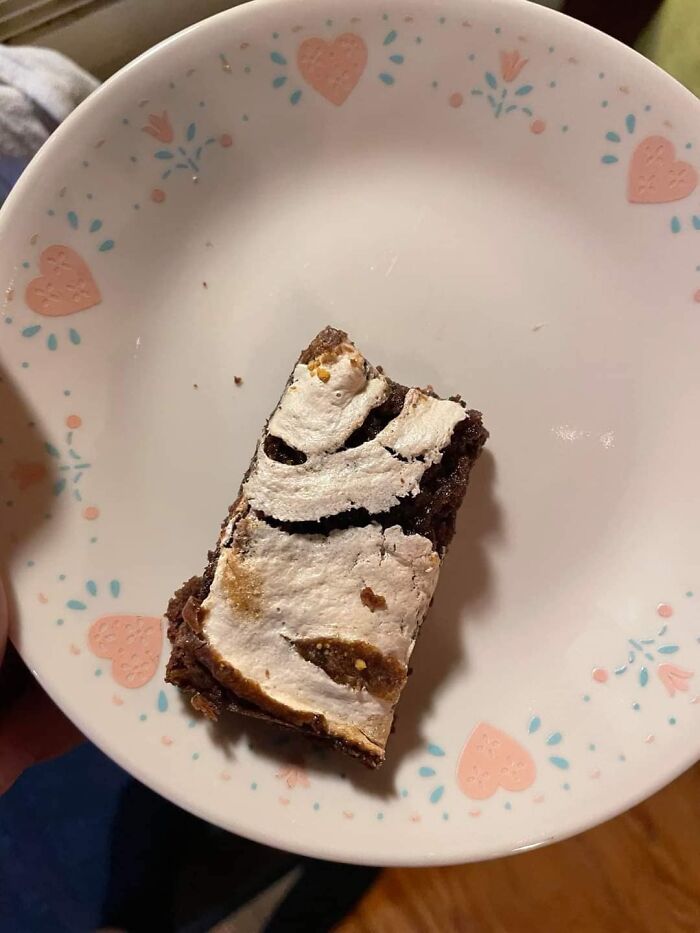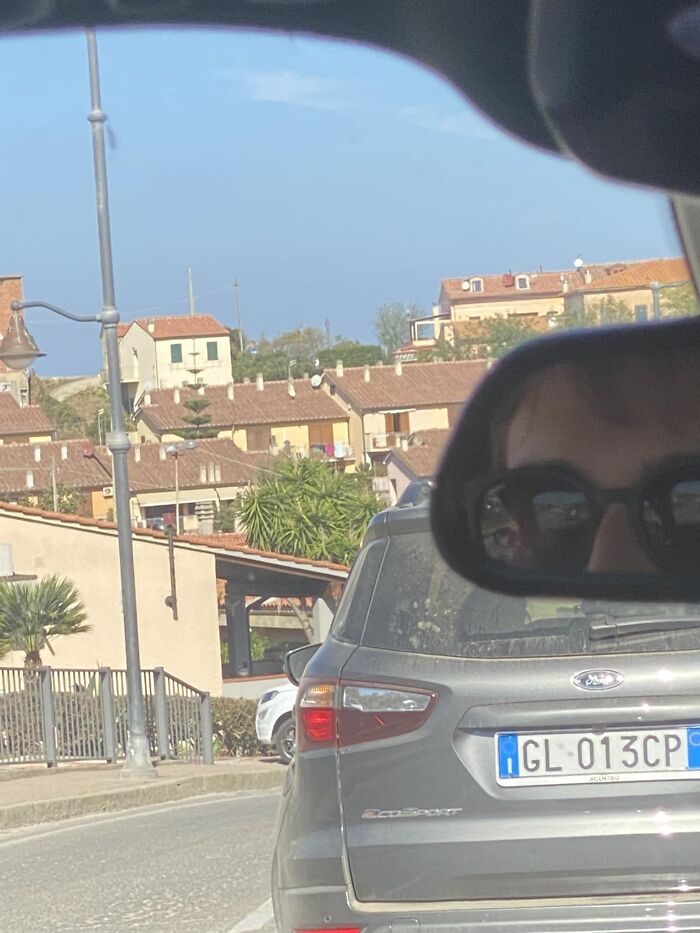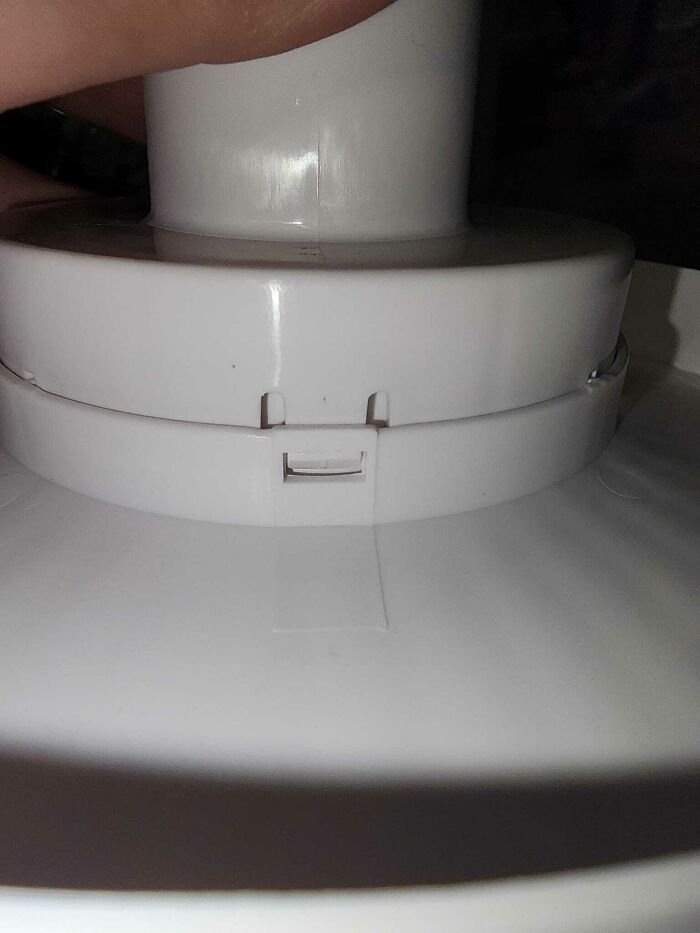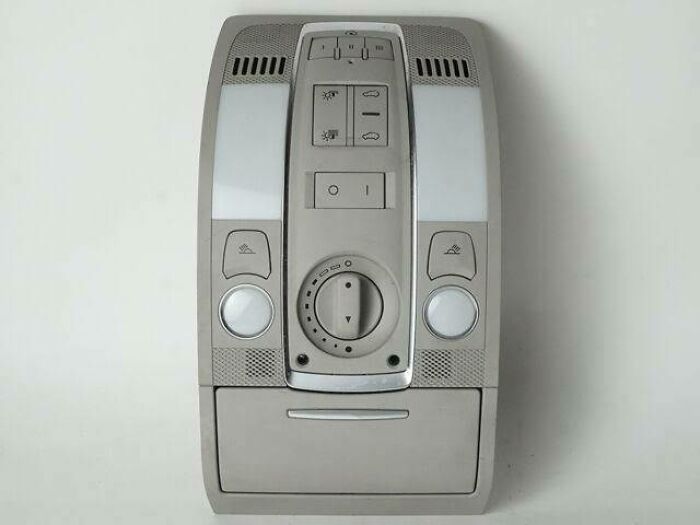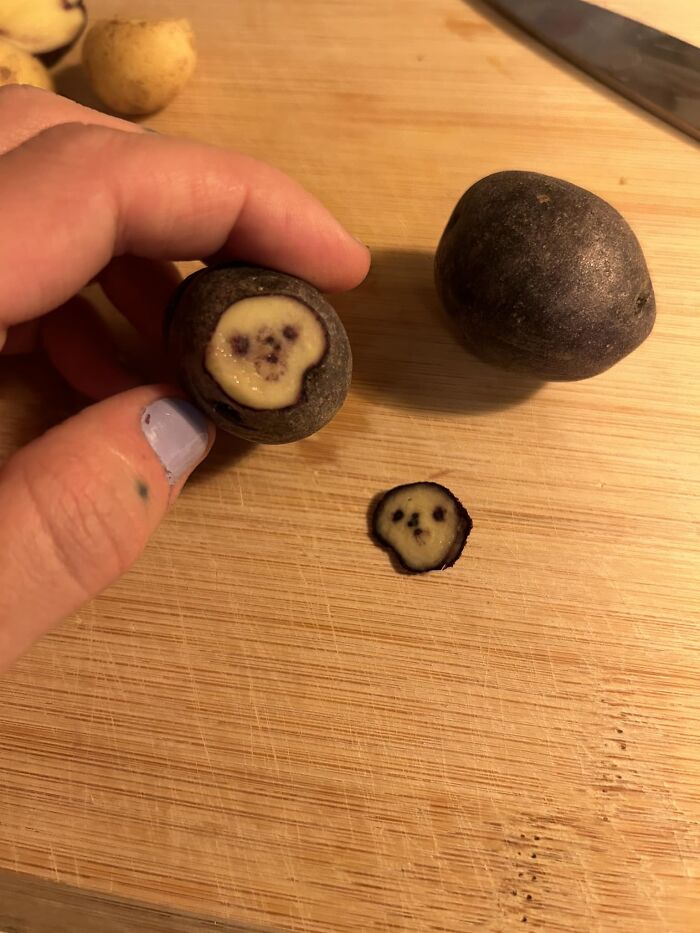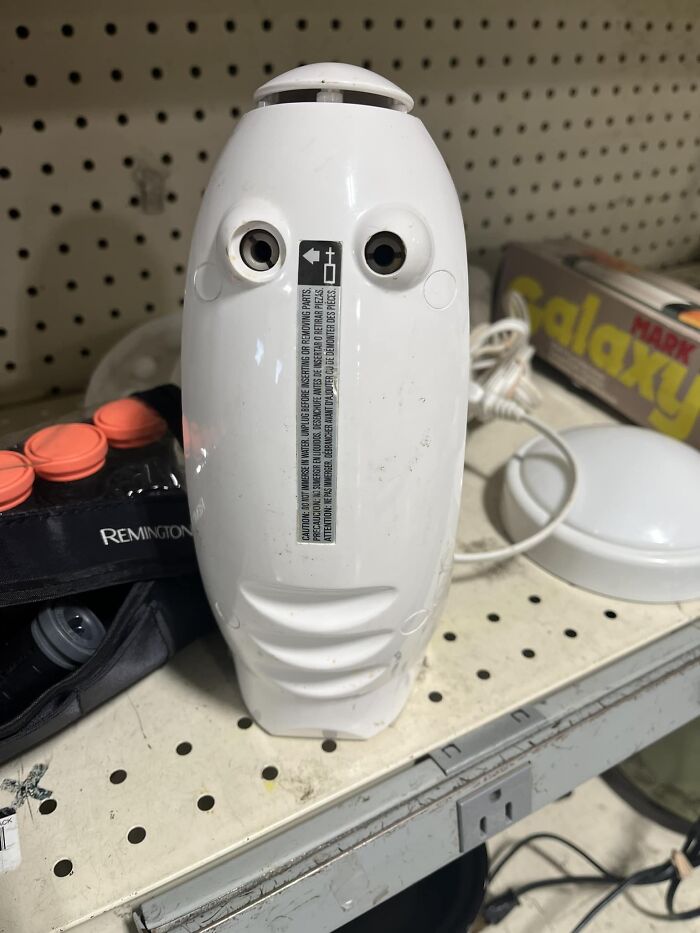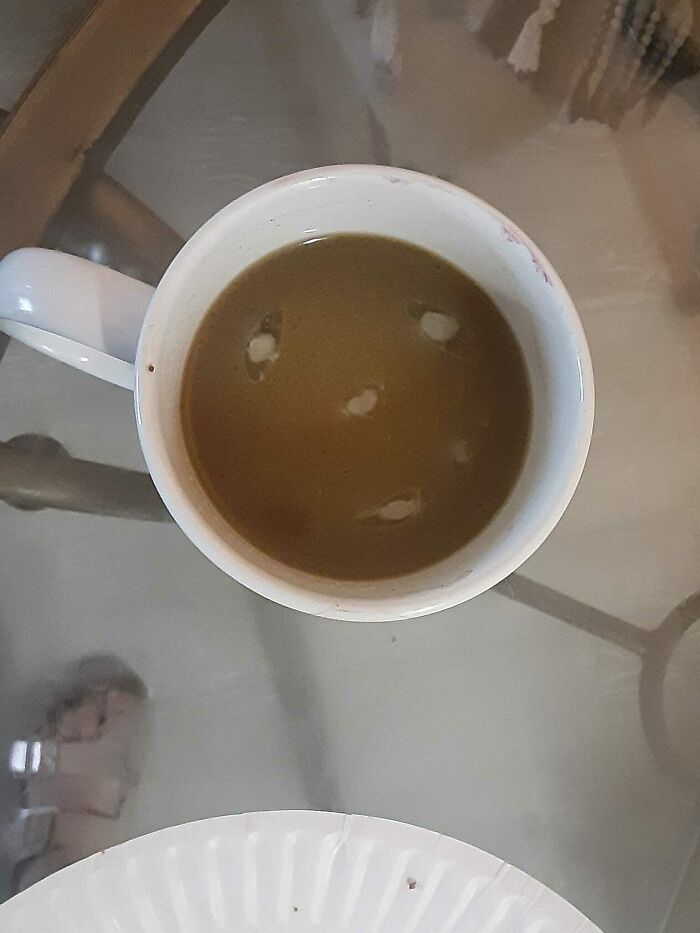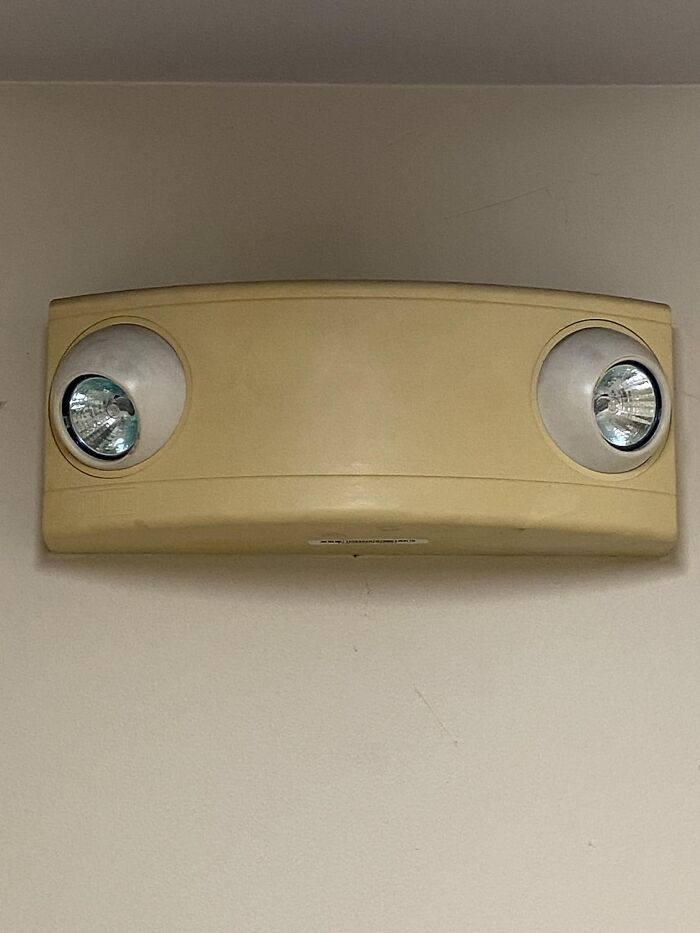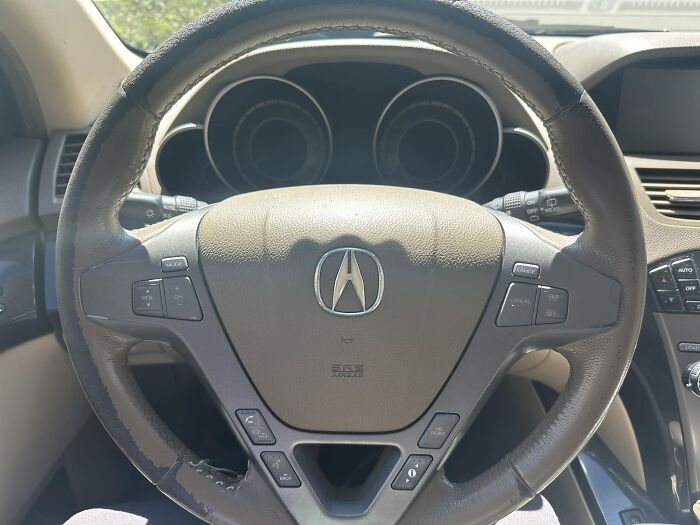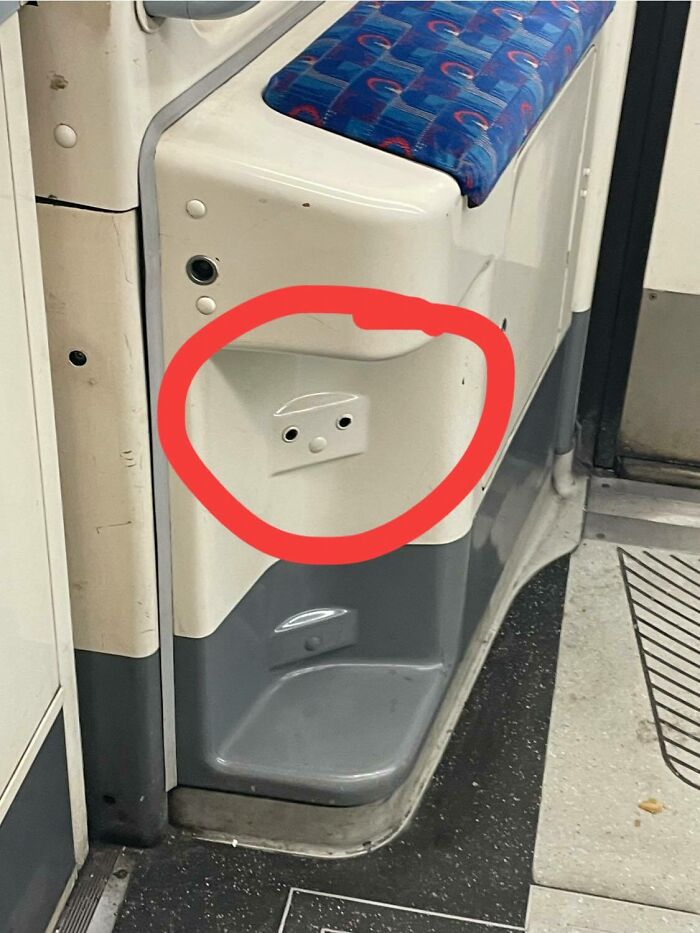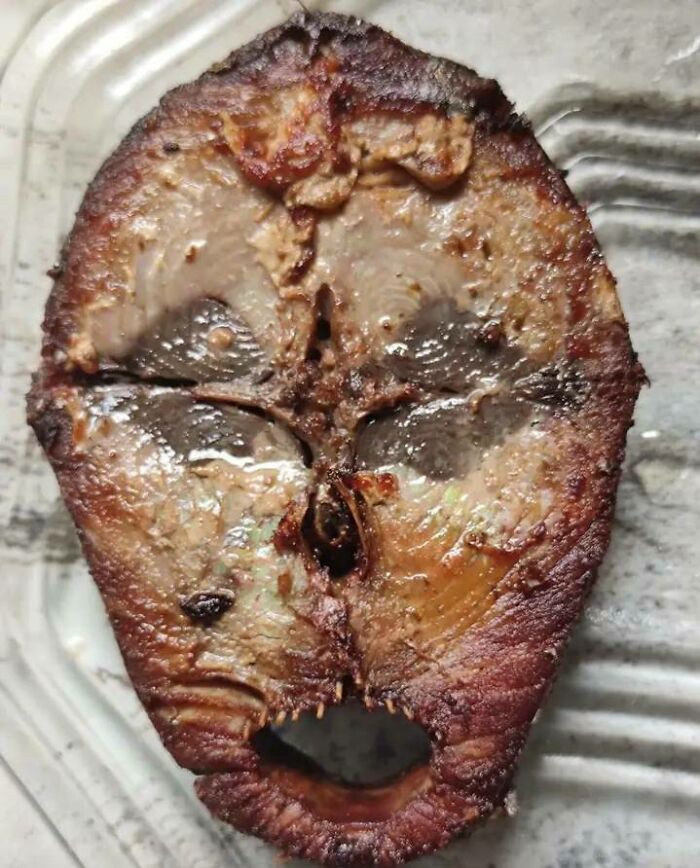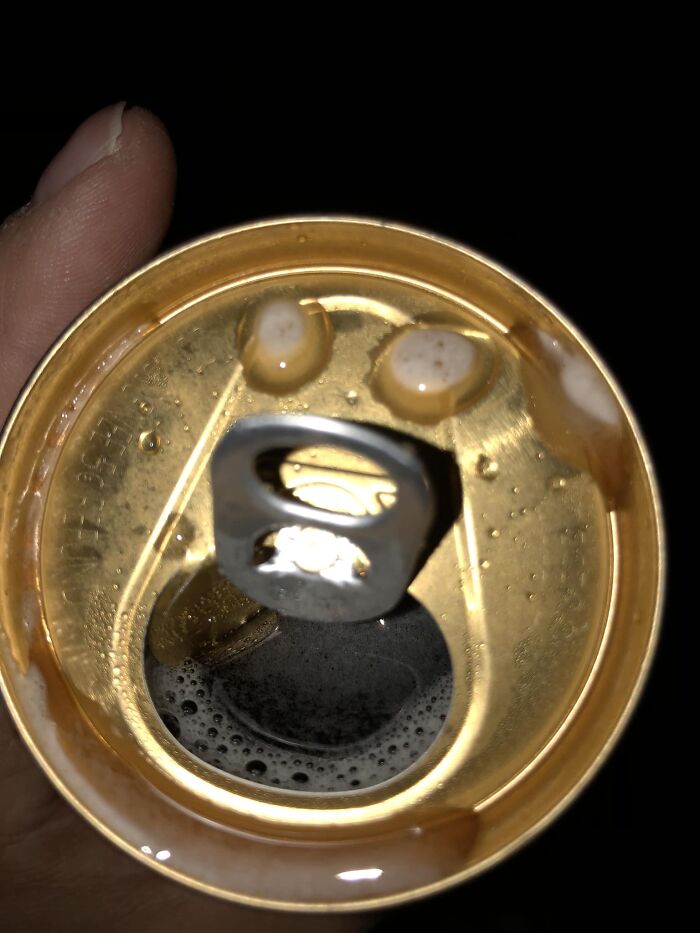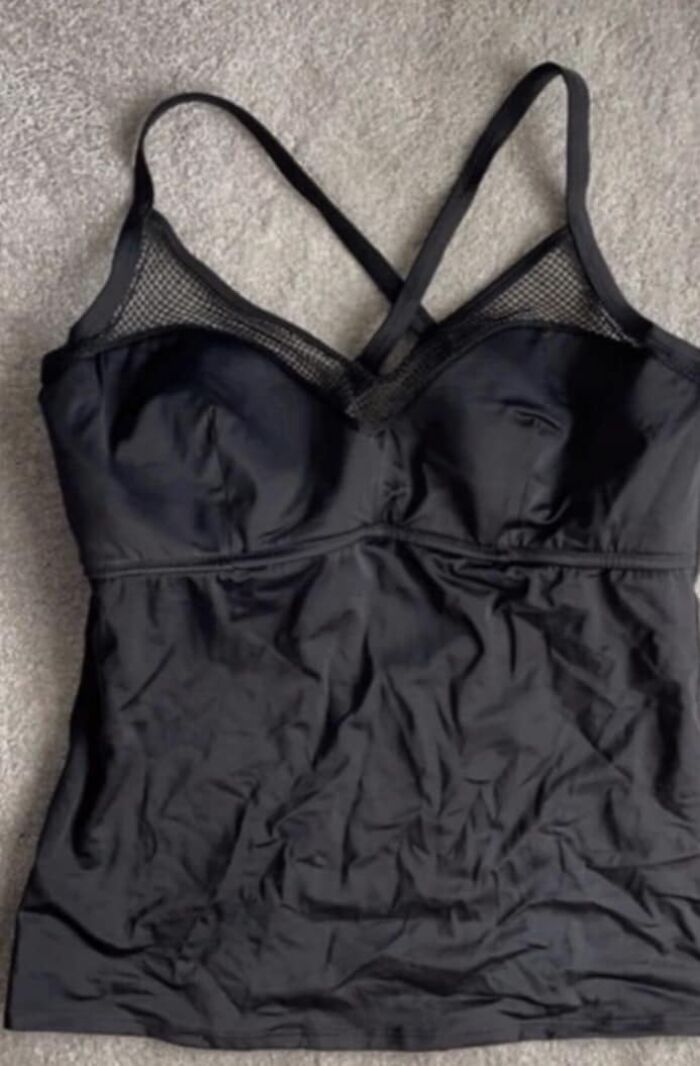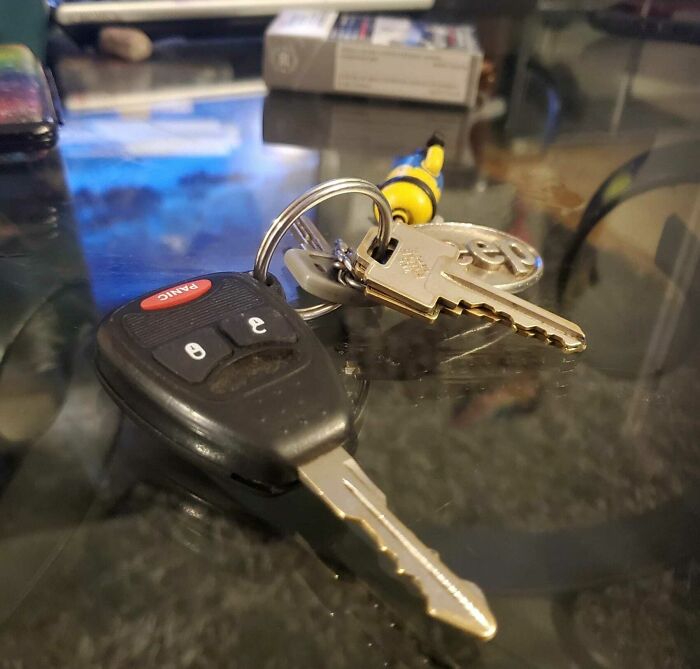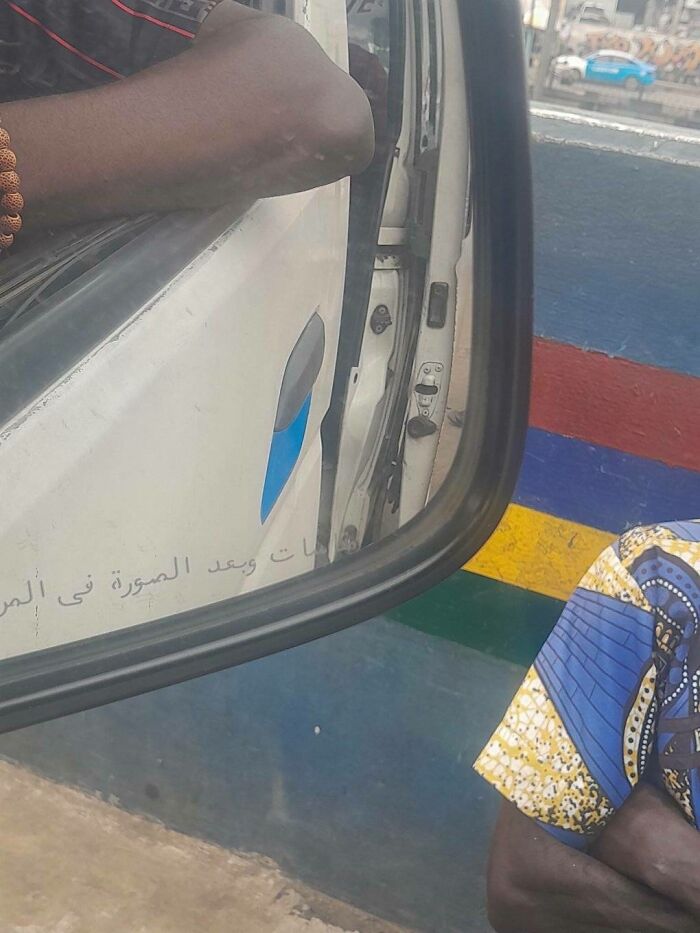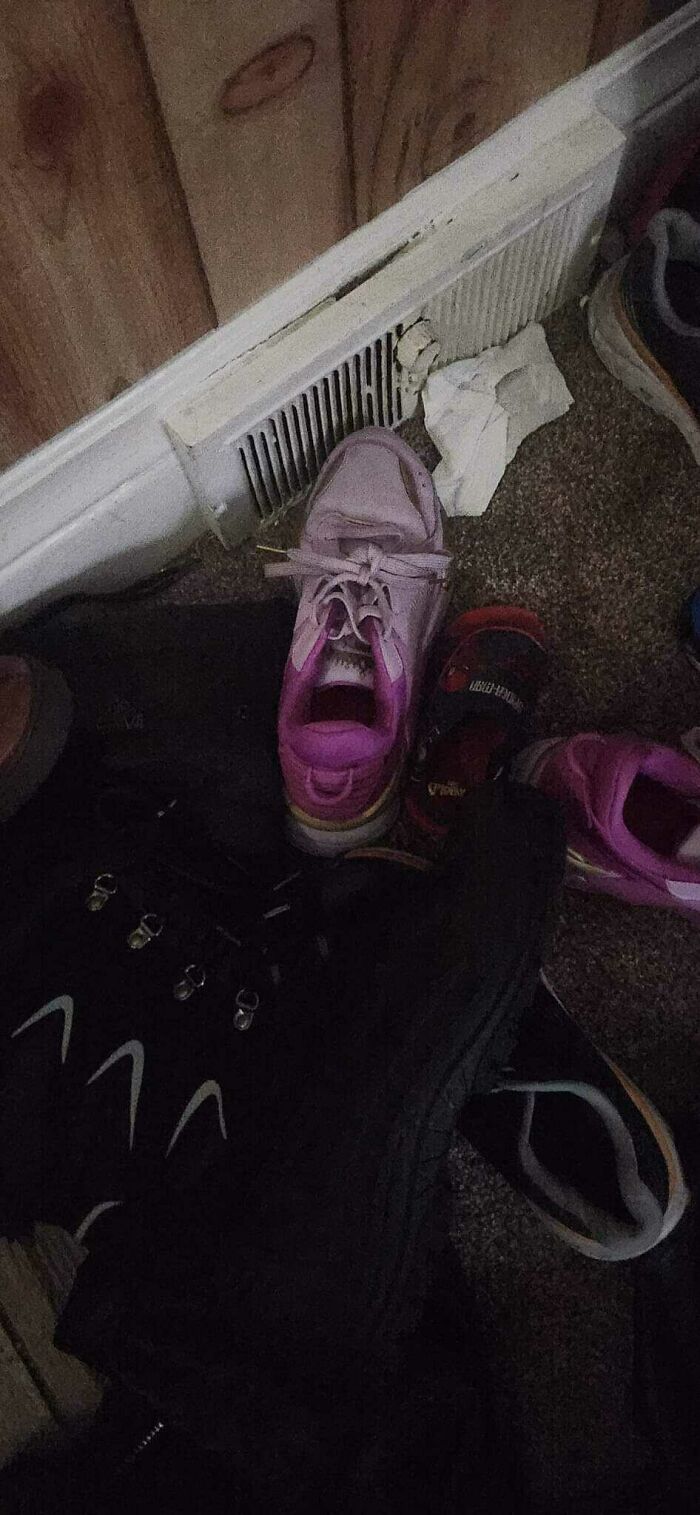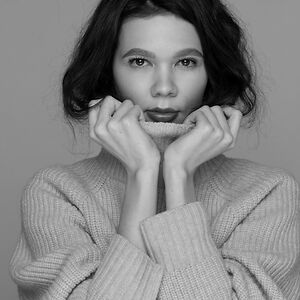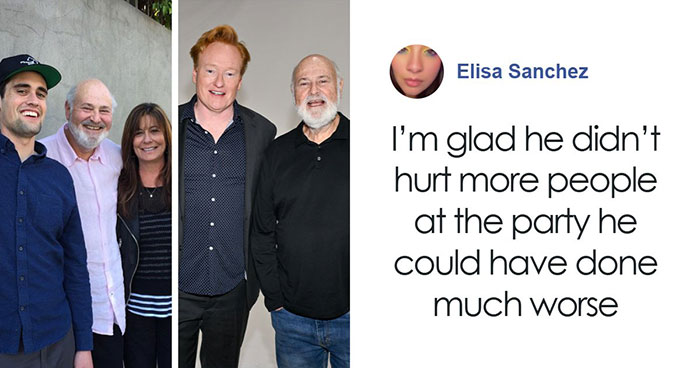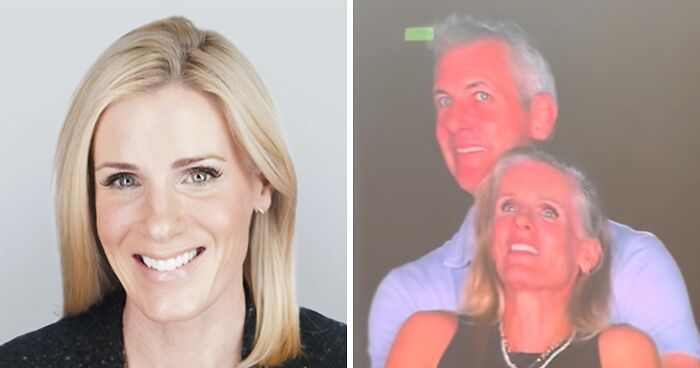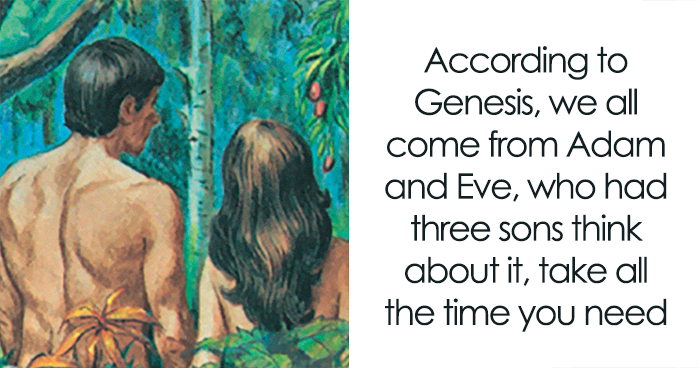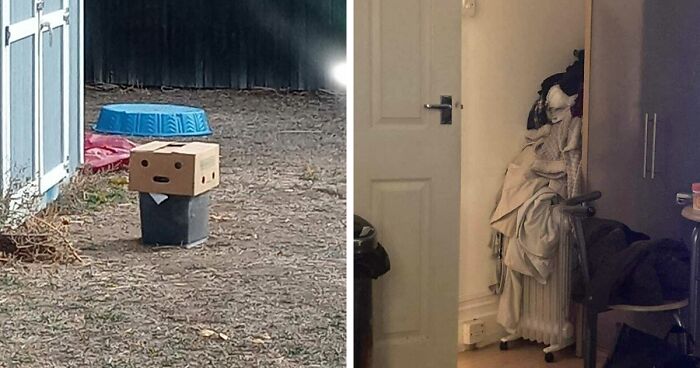
40 Funny Examples Of Regular Objects Suddenly Showing Human Characteristics
If you ever see an inanimate object staring at you, don’t worry; it’s part of a human experience called pareidolia, a psychological phenomenon that causes people to see faces in everyday things such as clouds, stains, or toast. We inherited this instinct from our ancestors to protect ourselves, as it is safer to assume there is a face even where there is none.
Imagine a prehistoric man pondering if a rustle in the bushes really is a tiger; it’s better for him to assume it is and escape, avoiding the risk of becoming dinner. It seems that everyone is just looking for a warm and welcoming presence. A Facebook group called “Things that look like faces” has shared many mundane objects with eyes and lips that we think you’ll enjoy.
This post may include affiliate links.
Our brain is so good at detecting faces because they are vital for human interaction. They provide social information such as gender, age, attractiveness, mood, and even trustworthiness. Scared to miss them, our mind sometimes even finds one when there's none.
Interestingly, studies reveal that even primates recognize face-like patterns in objects, not just humans. This leads us to believe that this brain function could have been inherited from primates.
Seeing faces in objects can vary from person to person. Studies suggest that women tend to spot pareidolia faces more easily as they are more socially engaged and spend more time looking at them. People with strong religious or paranormal beliefs also tend to see faces where others might not. When someone is feeling sad or anxious, their heightened alert for danger makes them see eyes and lips that aren't really there.
People with certain nervous system conditions tend to see objects with human features in objects more often because of their diagnosed visual hallucinations. In contrast, people with Autism, William syndrome, and Down syndrome see faces in everyday things less often than the typical person.
Creativity is a leading source of pareidolia. Researchers suggest that spotting faces in objects can measure imaginative skills.
The inventive process starts in the way we look at the world around us before a specific idea forms in our minds. Amidst the constant supply of visuals and experiences, creatives excel in attributing them with meaning and form, hence the seeing of faces in things.
Artists in the 19th century took advantage of this and started creating “klecksography”, a type of image where a spot of ink is dropped onto a piece of paper and folded to create mirrored patterns. A German writer Justinus Kerner even published a collection of works that included inkblot art with short poems about the objects seen in the images and Leonardo da Vinci advised in his diary to look for stains or different kinds of stones to invent some scene that would allow to create words and stories.
The klecksography technique has also been used in the invention of the Rorschach Test, which employs inkblots to uncover thoughts in the mind. The patient is asked to provide their interpretation of the images that are later analyzed by the examiner to find characteristics of personality, emotional disorders, and intelligence. The test, although considered outdated by modern psychologists, is still widely used in various settings, leading to better insights into underlying behaviors in people.
Have you ever felt a gaze from a product displayed on a store shelf? That’s also because of pareidolia and some smart guys in product design who knew how to utilize it. A friendly face on a product can spark familiarity and connection with the customer. It’s a brilliant way to make people feel good about buying without them realizing it. Polite looking cars, smiling logos, and winking furniture naturally stand out and create memorability. Let’s take the icon of Discord (the streaming and gaming platform), a video game controller that has eyes and a smiling mouth - the clever design forms emotion and a long lasting bond between the customer and the brand.
Experiencing something that isn’t there is not confined to only what you see; it is also applicable to sounds known as auditory pareidolia. This can happen in two ways:
- When the sound you are hearing is actually non-existent (thinking that your phone is vibrating when it’s not).
- The sound you’re hearing comes from existing background noise whether the person is aware of it or not (hearing voices or music in random sounds).
Just like in visual illusions, the brain is trying to find any patterns in the mass of sounds. So don’t fret if you hear sounds that aren’t really there; it’s simply a case of auditory pareidolia.
Overall, this phenomenon that most people are not familiar with is involved in many areas of life. It reflects our cognitive processes, contributes to making sense of the world, drives creativity and innovation. Remember, you’re not losing your mind; it’s just your brain working hard at analyzing everything that is around you.
Every cartoon/animated character when they get spun around or hit in the head

 Dark Mode
Dark Mode 

 No fees, cancel anytime
No fees, cancel anytime 






